|
Click on picture to enlarge
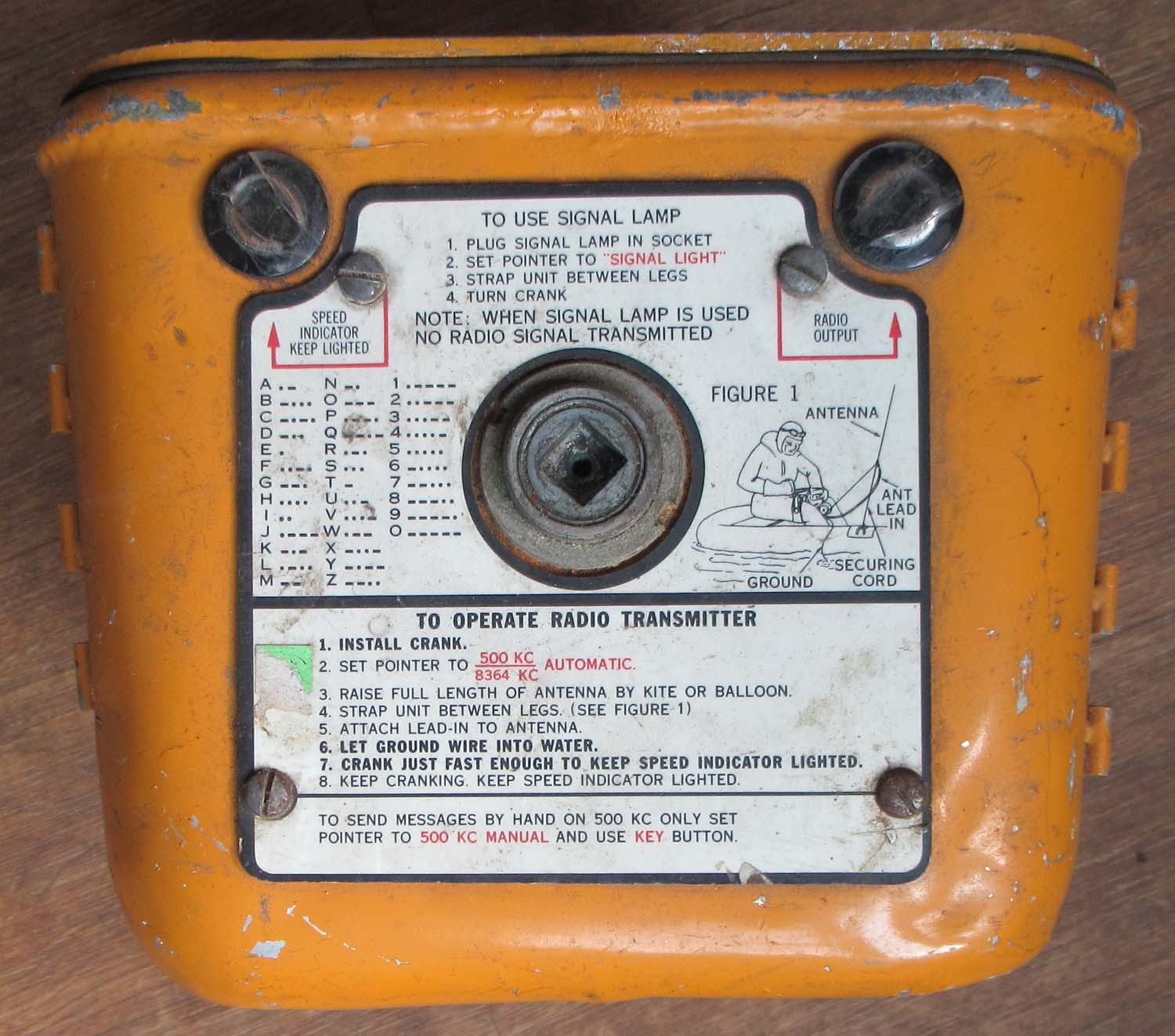
£55


|
FOR SPARES Gibson Girl (No 19
Pg 3 Rad)
This is Gibson Girl is available for
spares hence the price.
Click on pictures to enlarge
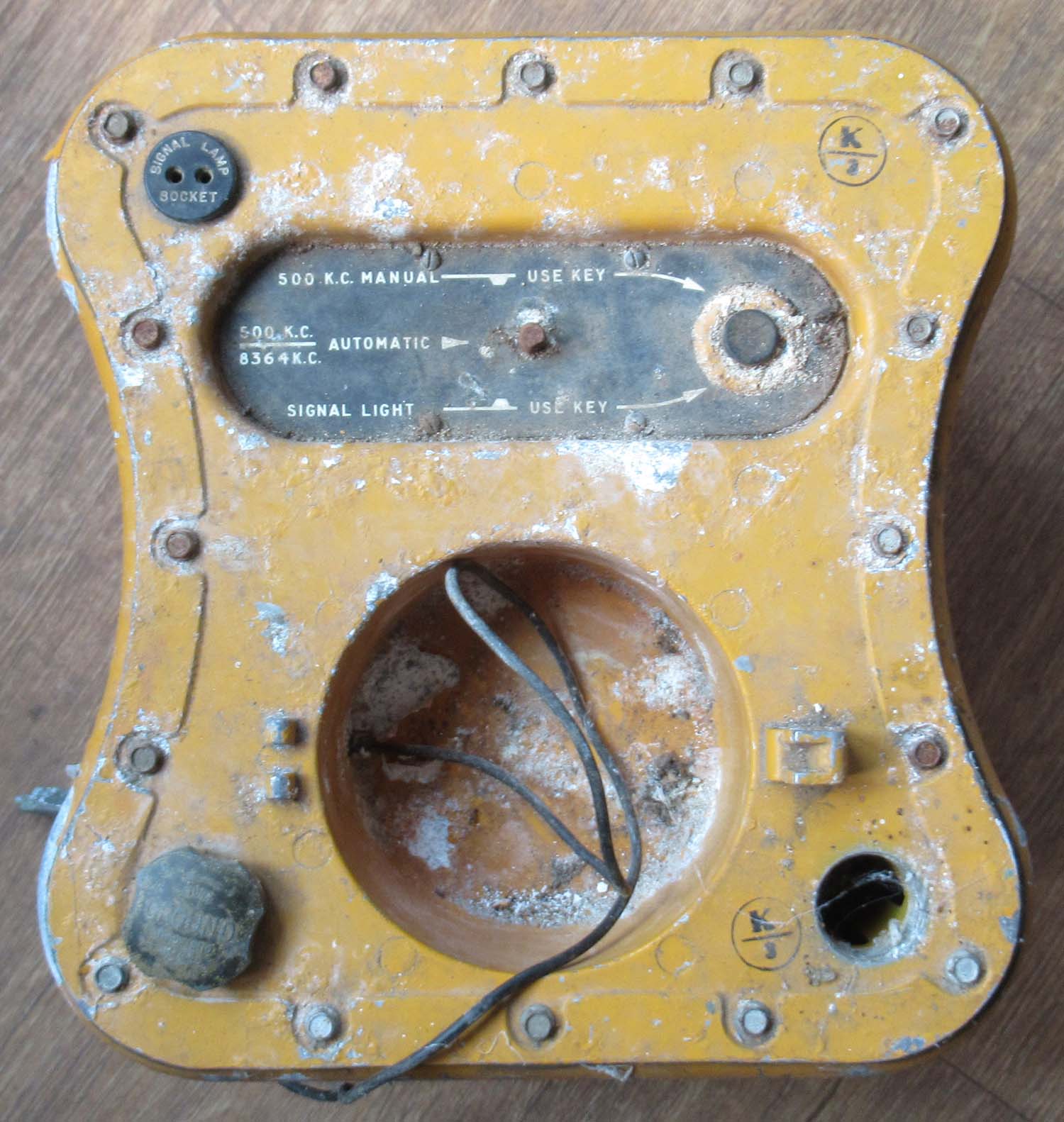
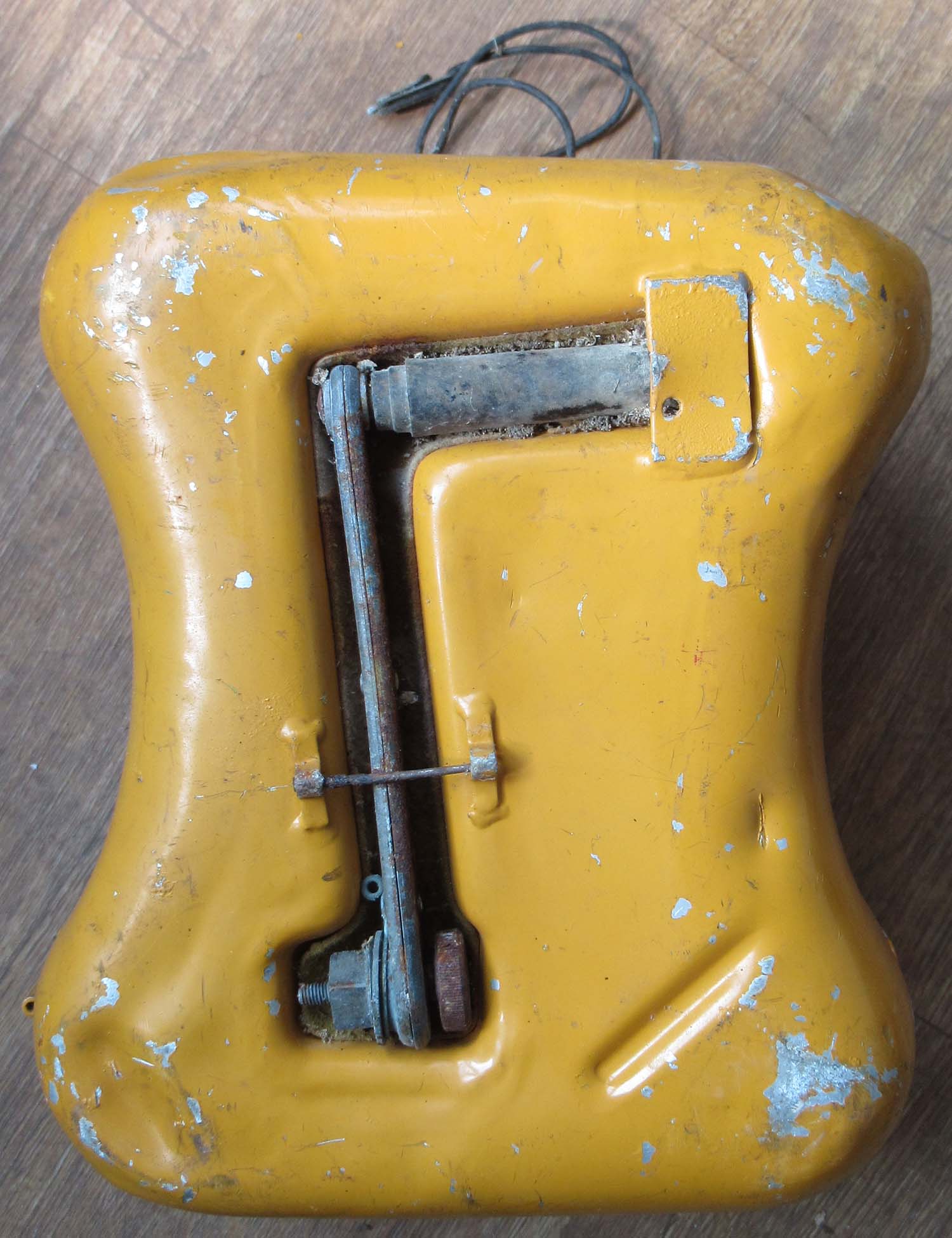
|
|
Click on pictures to enlarge
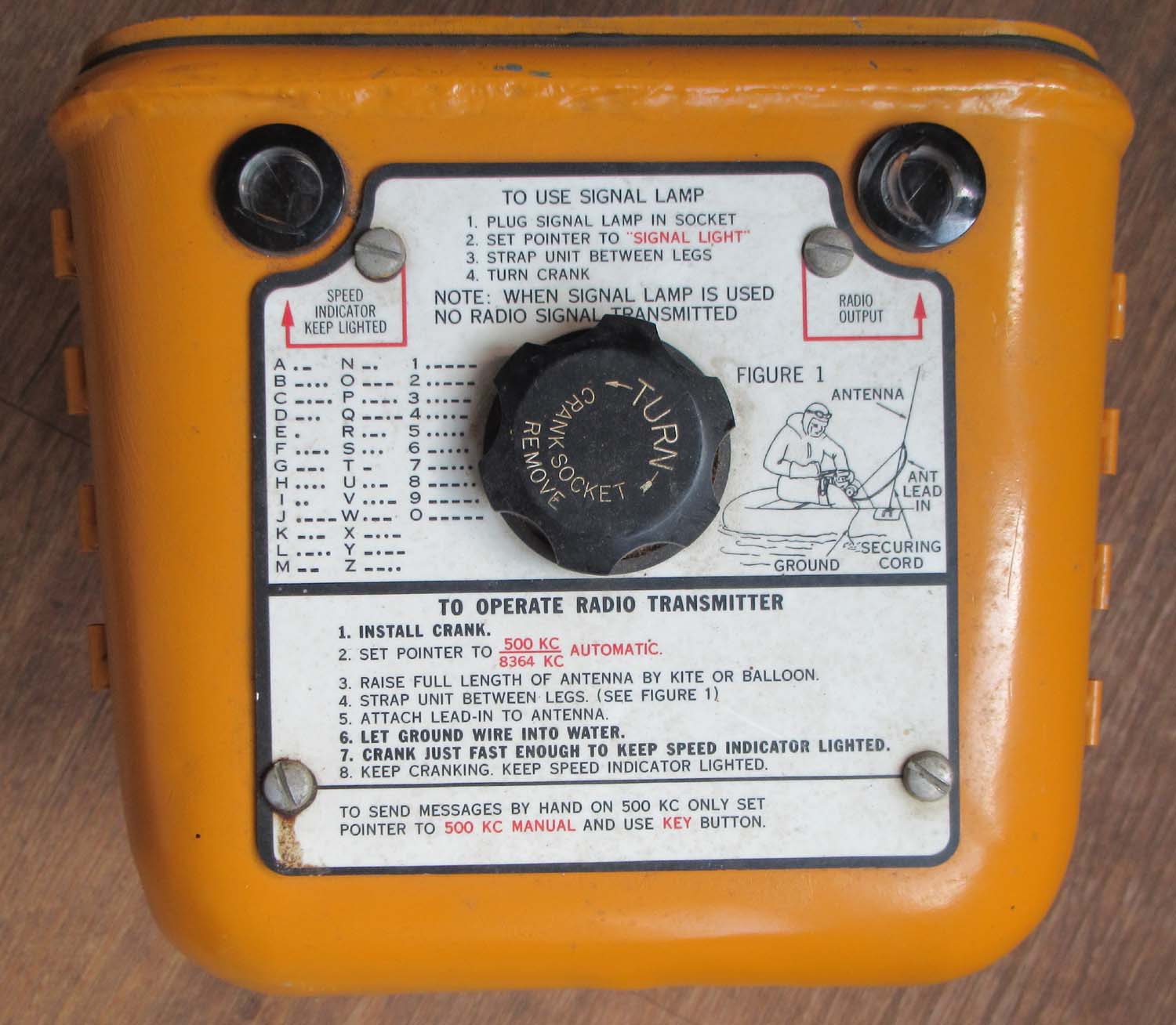
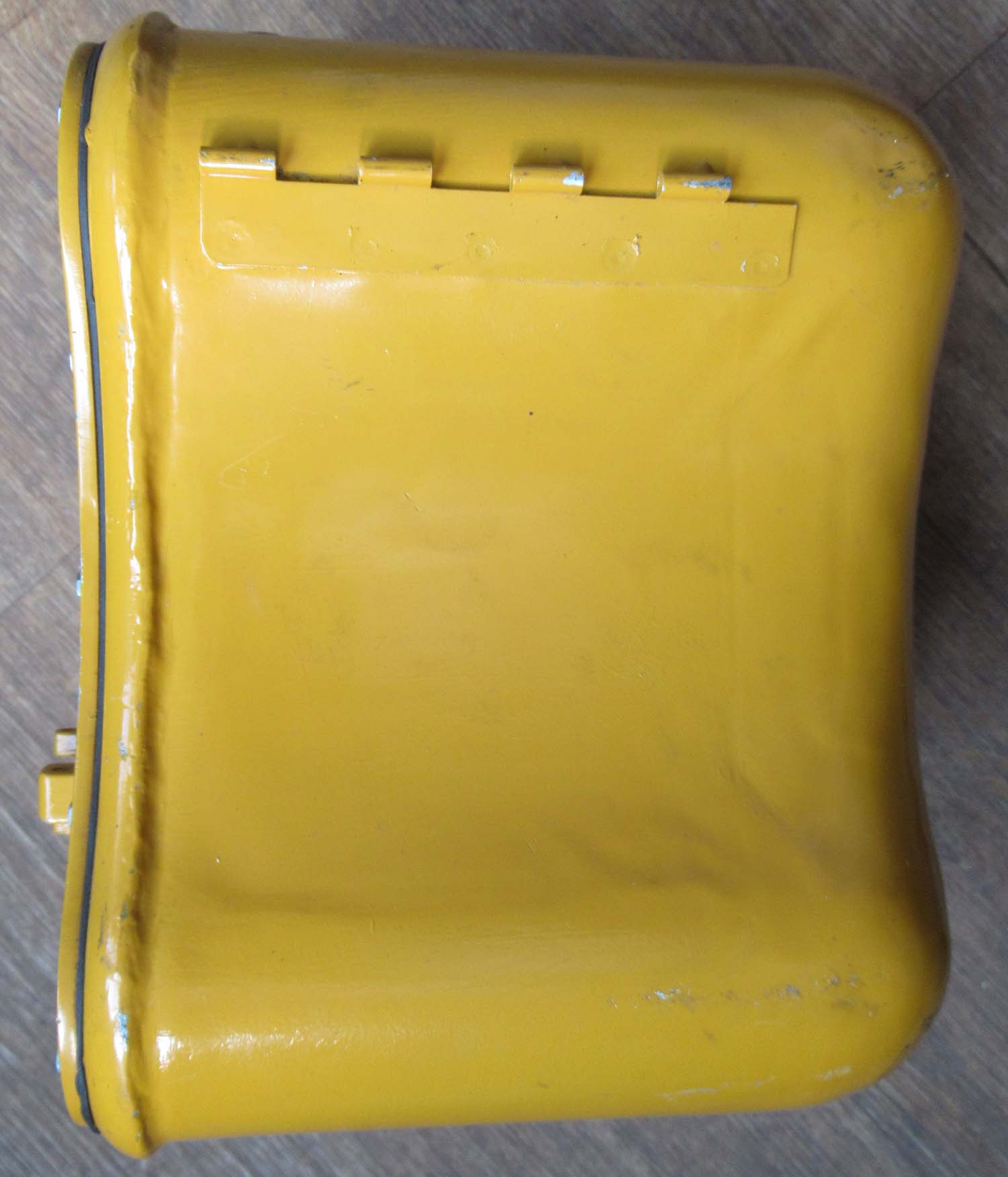
|
Gibson Girl (No 18
Pg 3 Rad)
This
Gibson Girl is missing its knob on the front as you can see
in the photos.
Click on pictures to enlarge
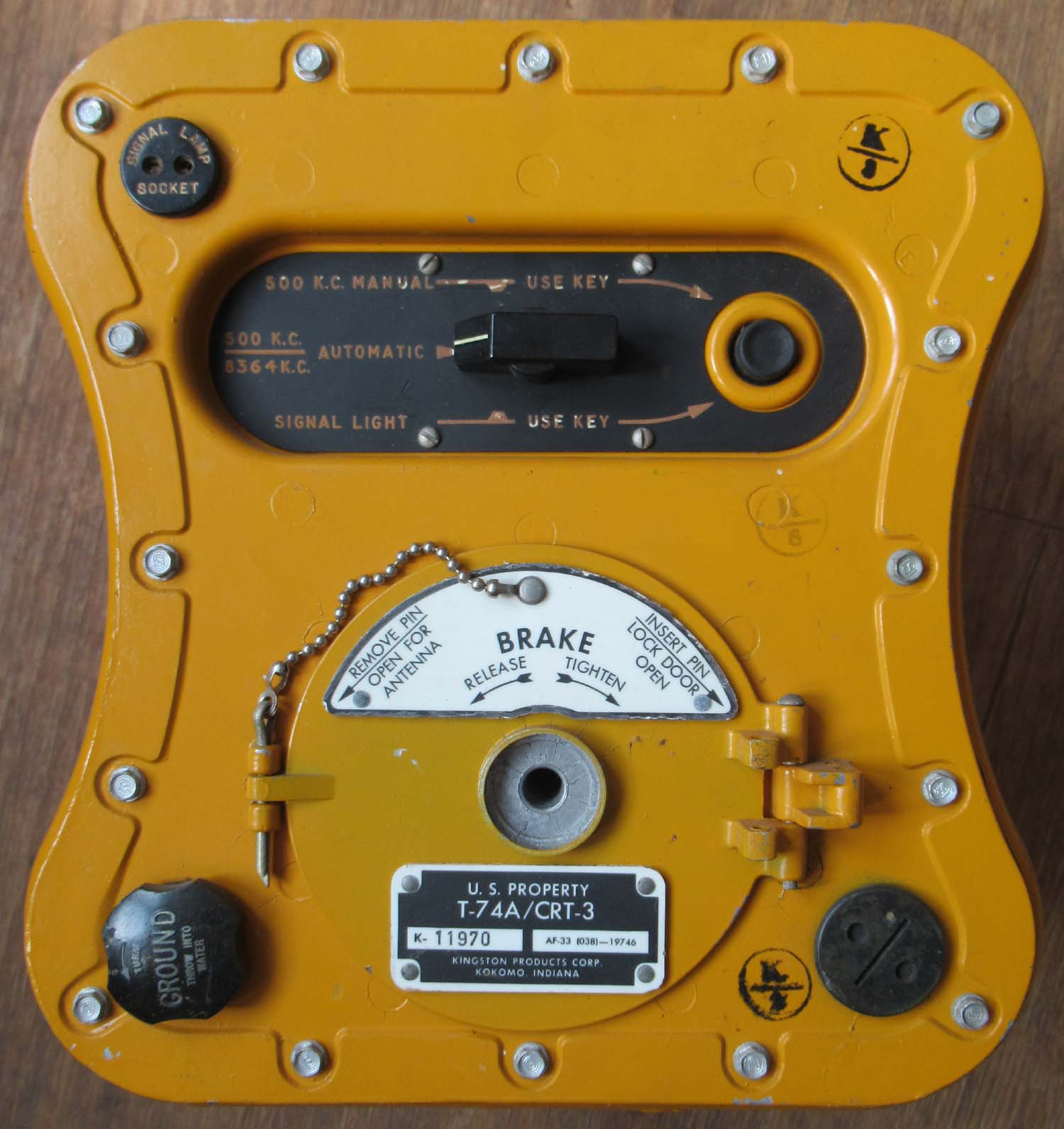
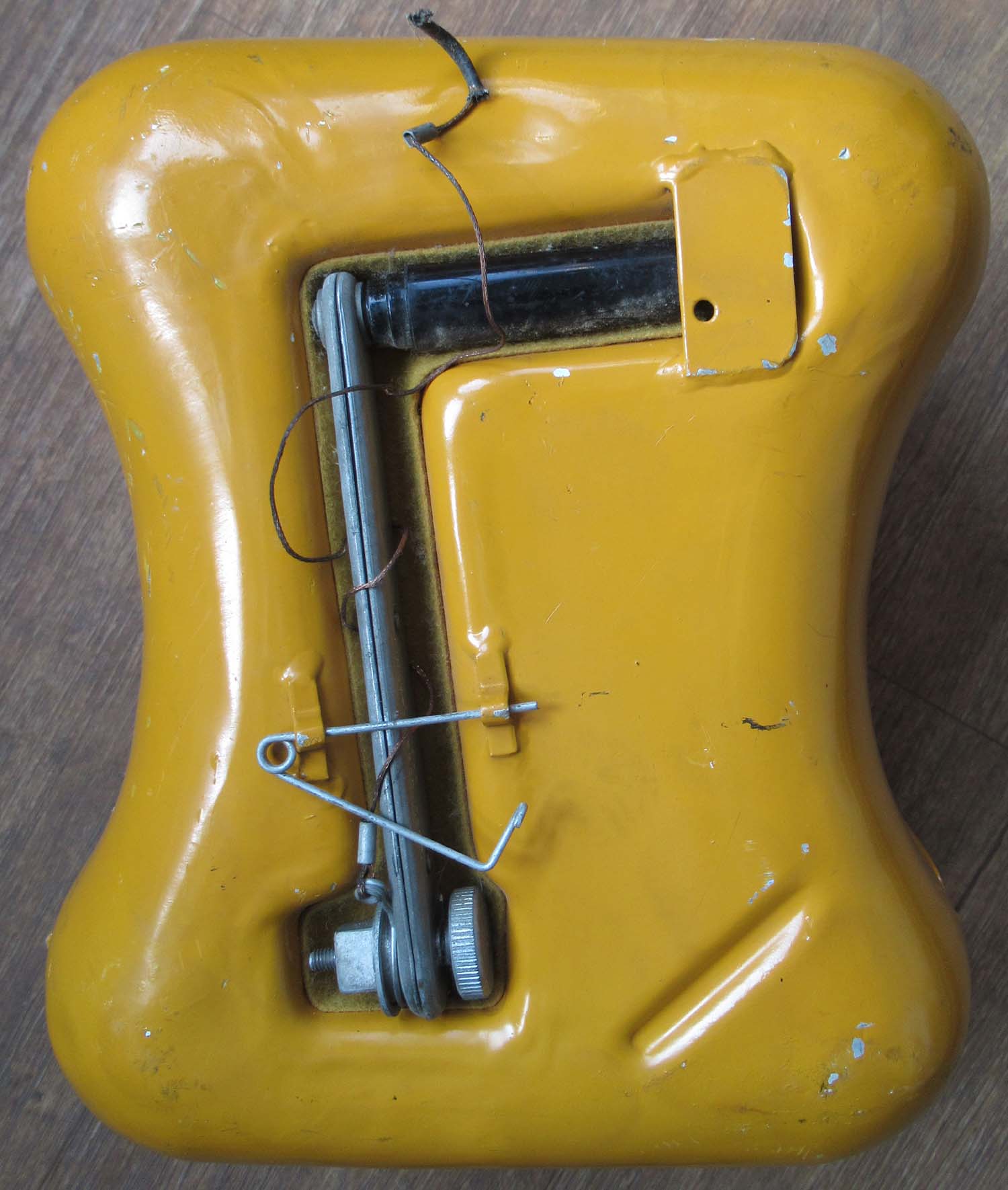
£195


|
|
Click on pictures to enlarge
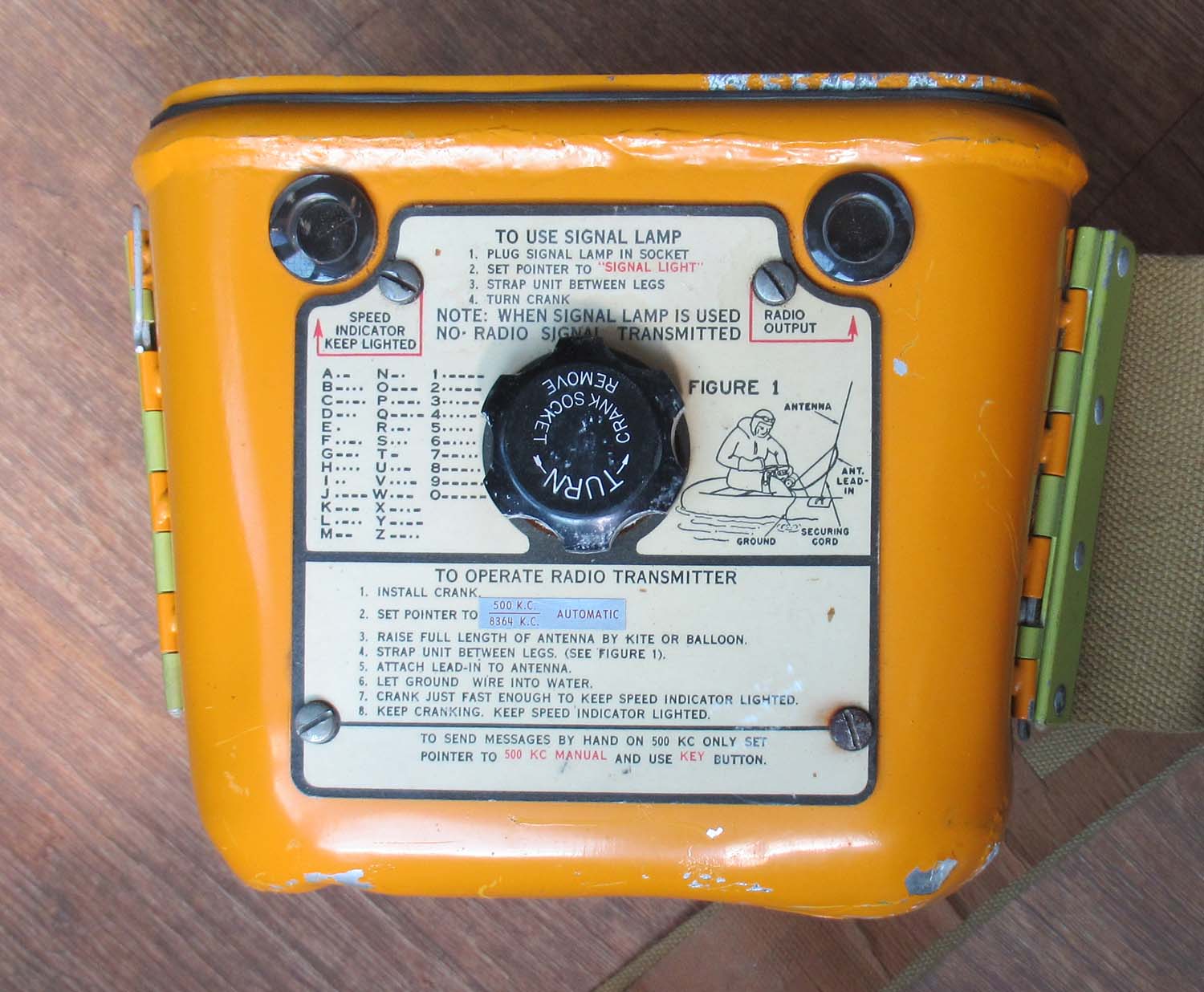
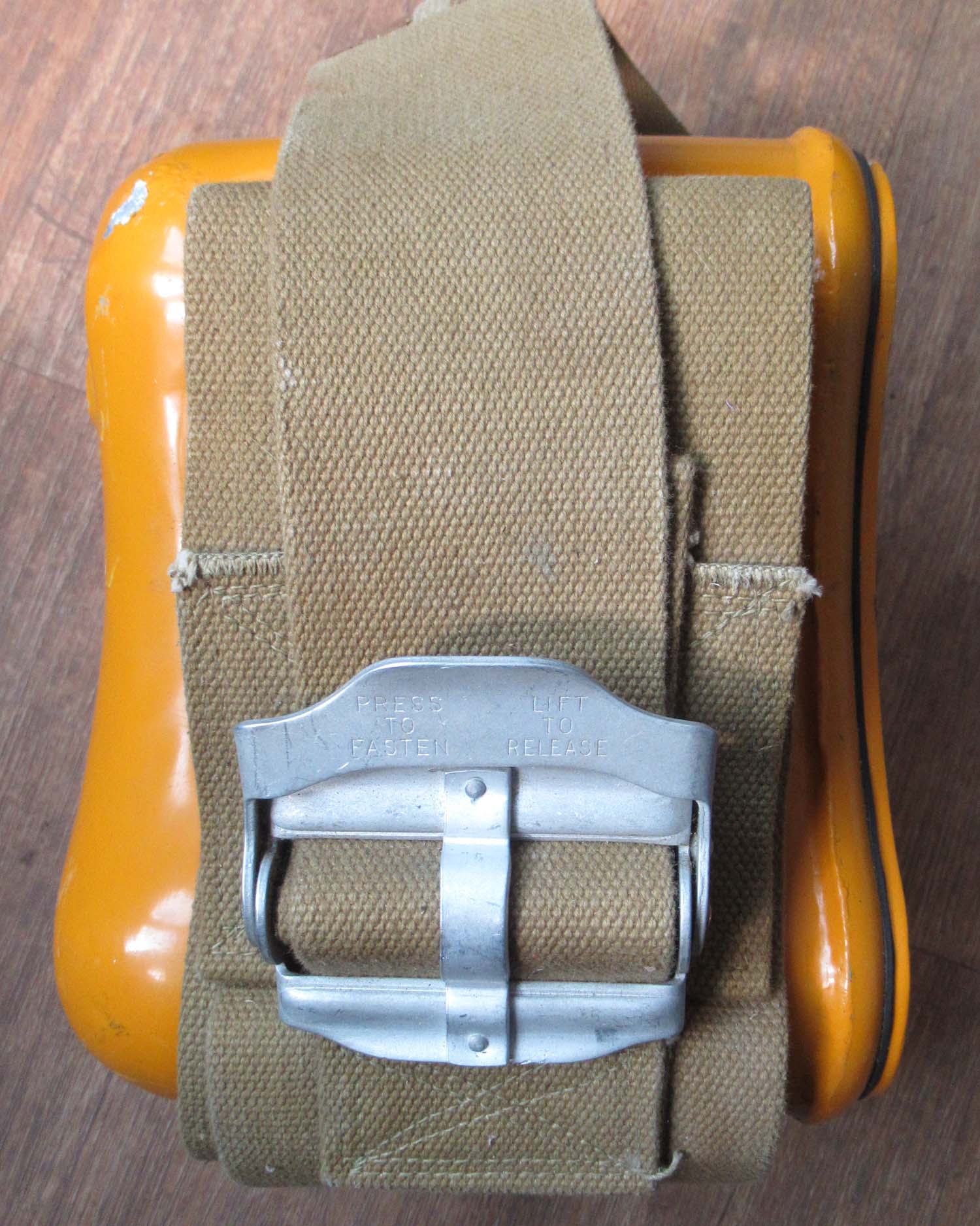
|
Gibson Girl (No 17
Pg 3 Rad)
This is a complete
Gibson Girl used by downed aircrews who crash landed in the
sea to call for help.
Click on pictures to enlarge
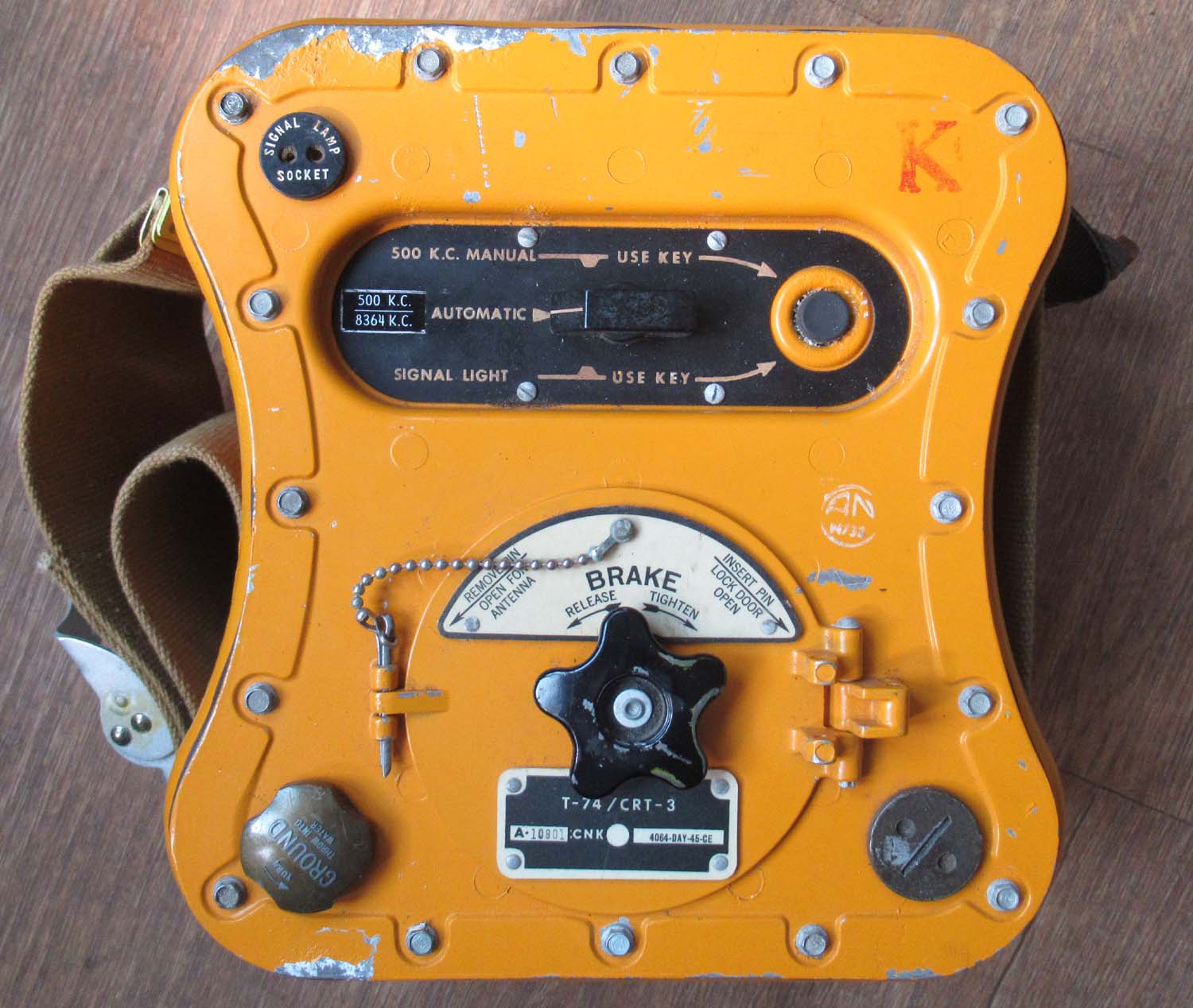 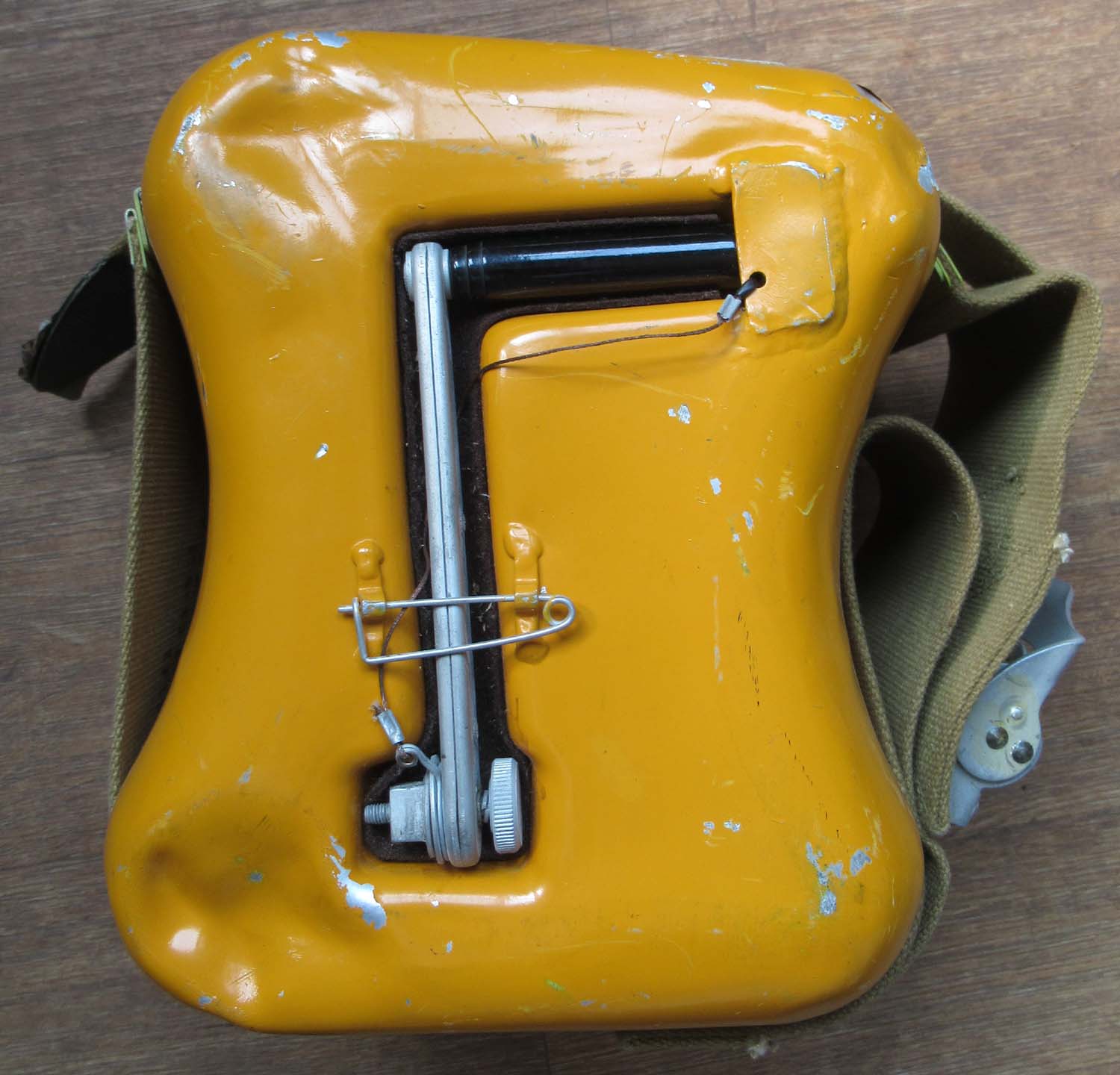
£395


|
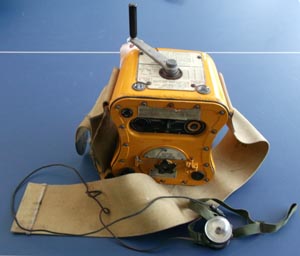
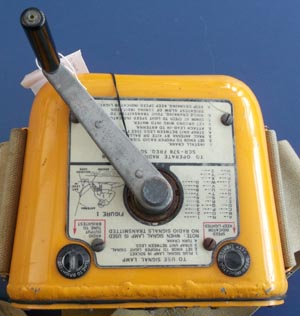
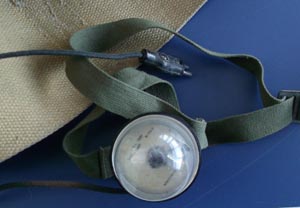
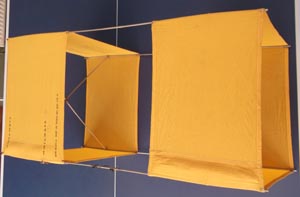
|
REDUCED IN PRICE Gibson Girl &
Aerial Kite Set (No 16 Pg 3 Rad)
This is another complete and near mint
Gibson Girl, also with its aerial kite. The set is complete and appears to
work although it needs a new bulb in the light. The kite is
complete in its original metal case in A1 condition and was
used as an aerial for the transmitter. It appears to be
signed perhaps this was actually used in a real rescue. It
is very rare to find a complete set especially in this
condition.

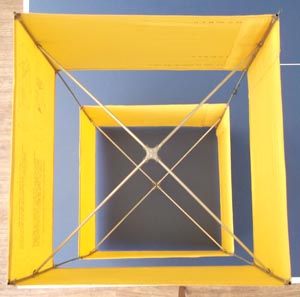
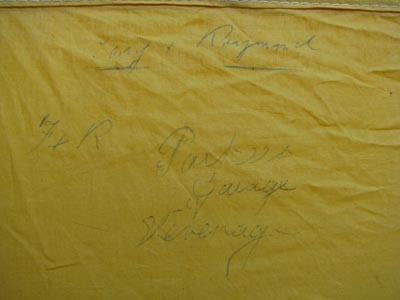
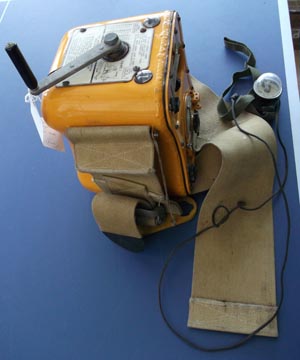
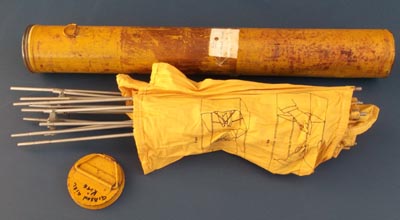
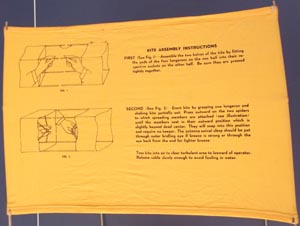
WAS £1250
NOW £595


Overseas buyers please
contact me for shipping
cost
|
|
Click on pictures to enlarge
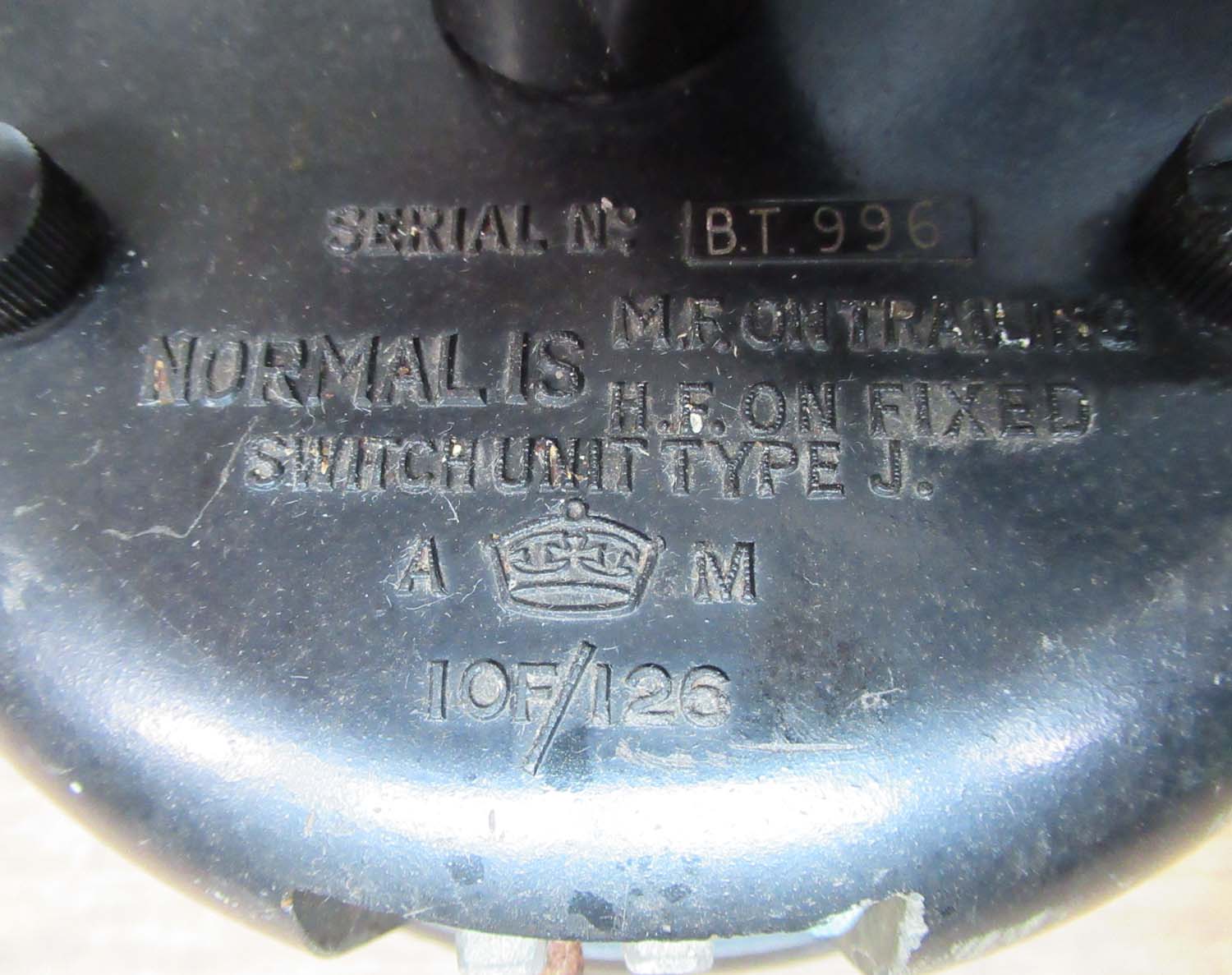
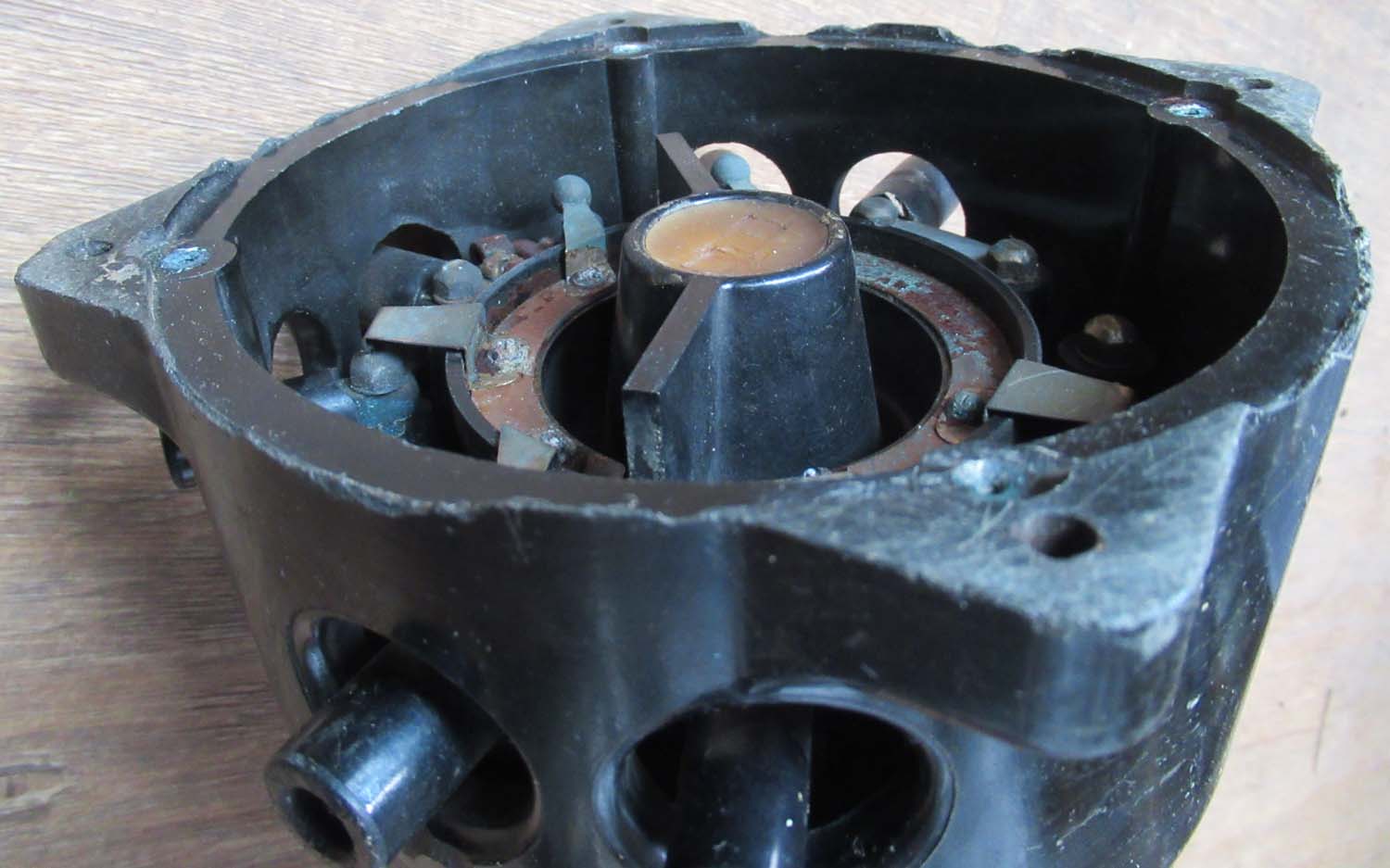
Seen under in
situ in a Lancaster
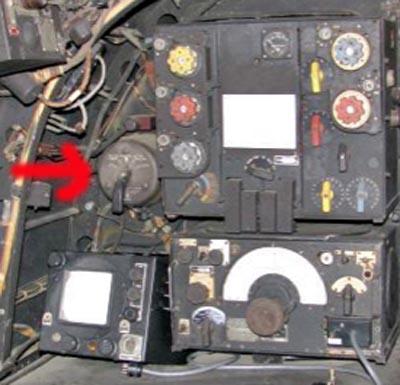
|
Lancaster J Type
Switch (No 15 Pg3 Rad)
This is a big chunky switch box mounted in the radio
operators position on the Lancaster and other heavy RAF
wartime Bombers. It is used to select different aerials used
on the aircraft such as the DF loop andtrailing aerial. In
good original condition switch moves as it should.
Ref No: 10F/126
Ser No:
B.T.996
Click on pictures to enlarge
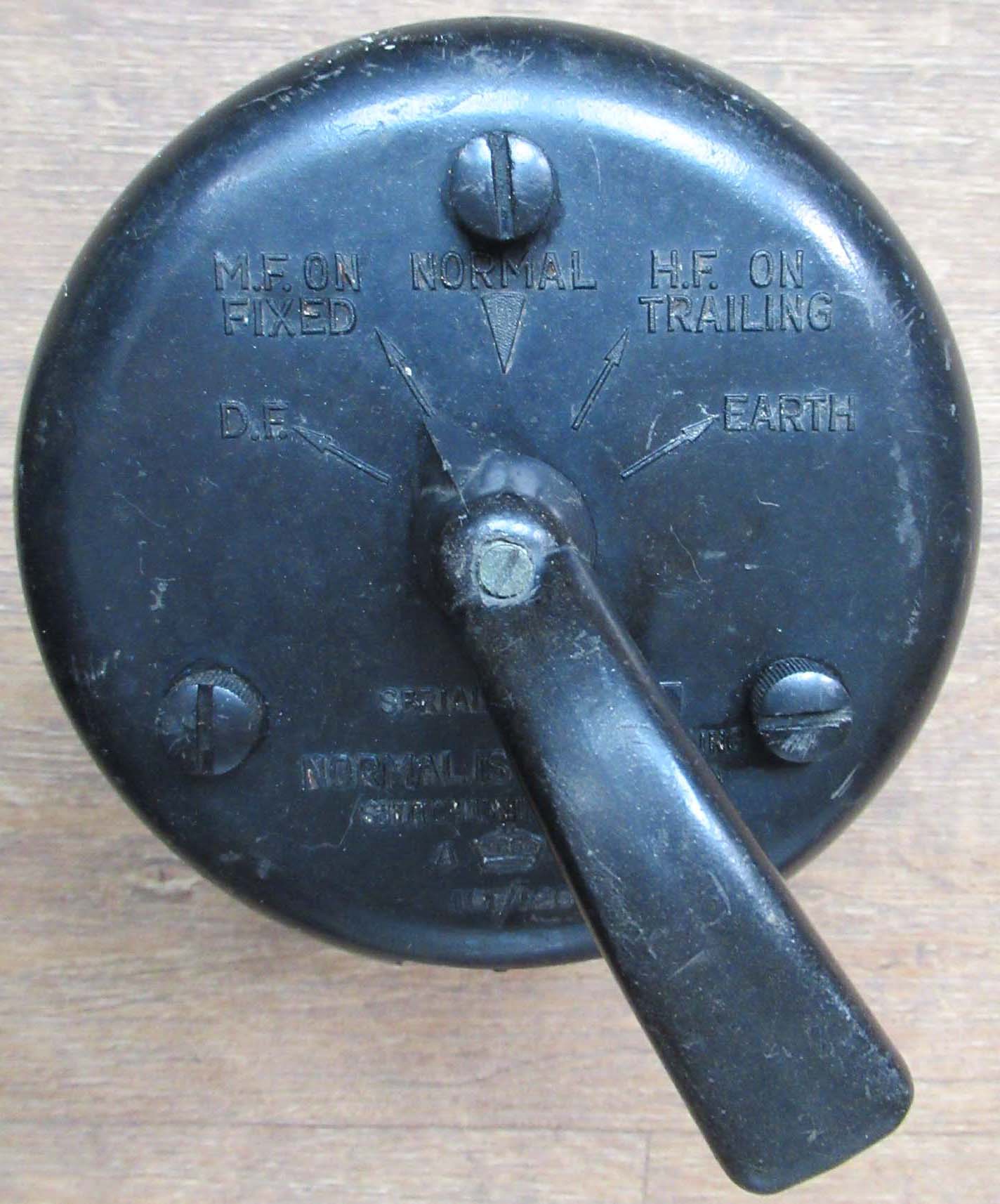
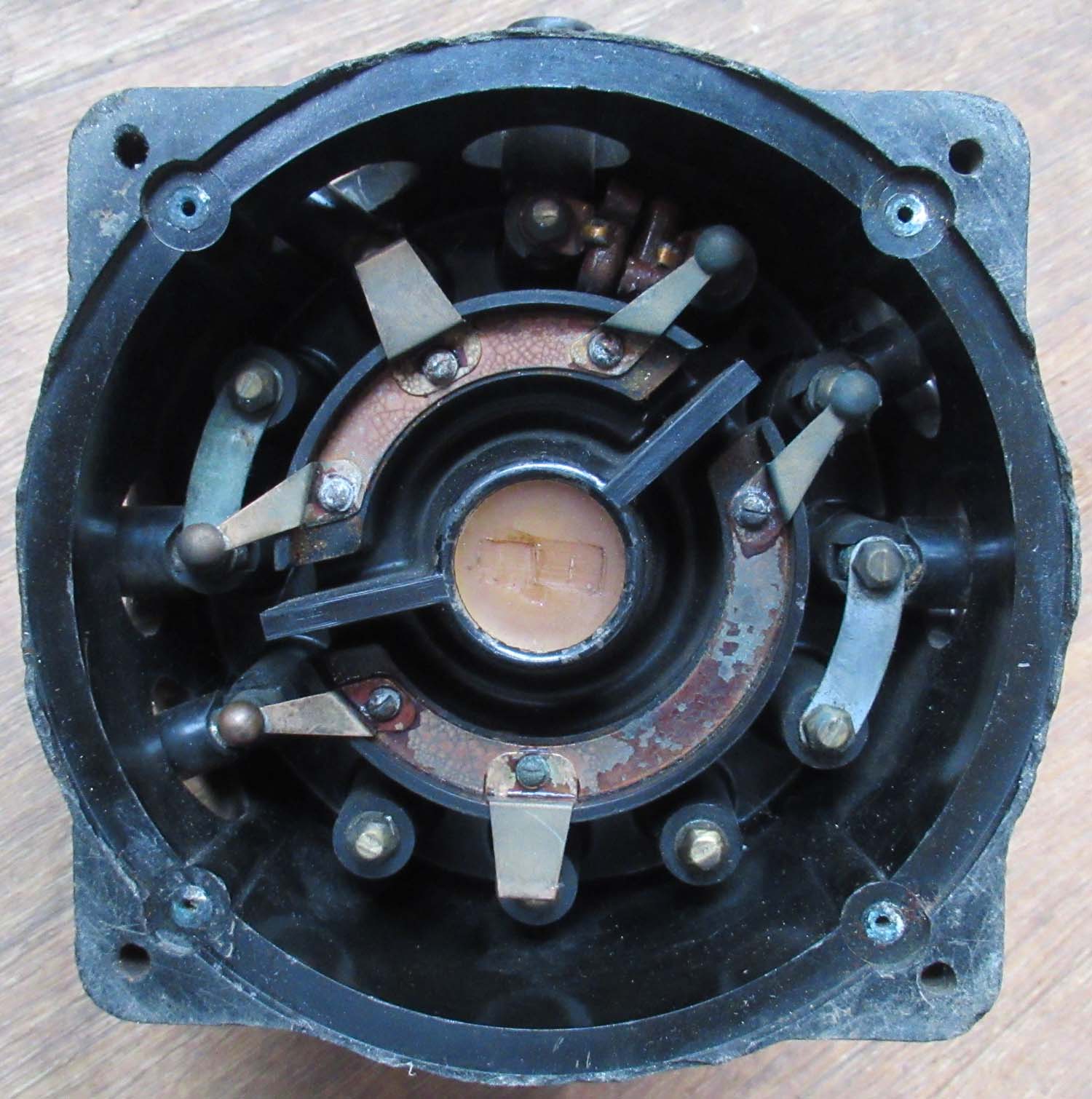
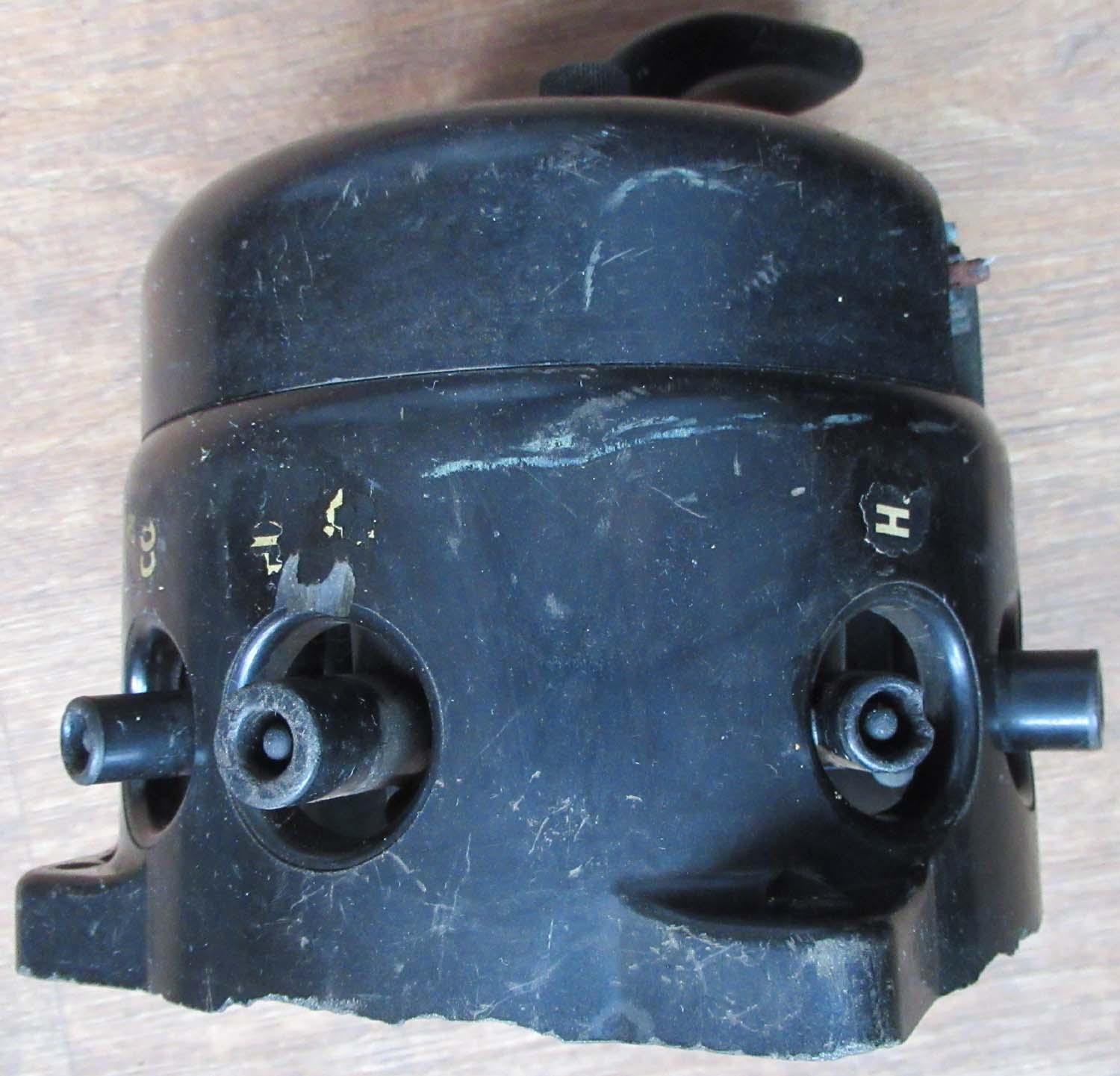
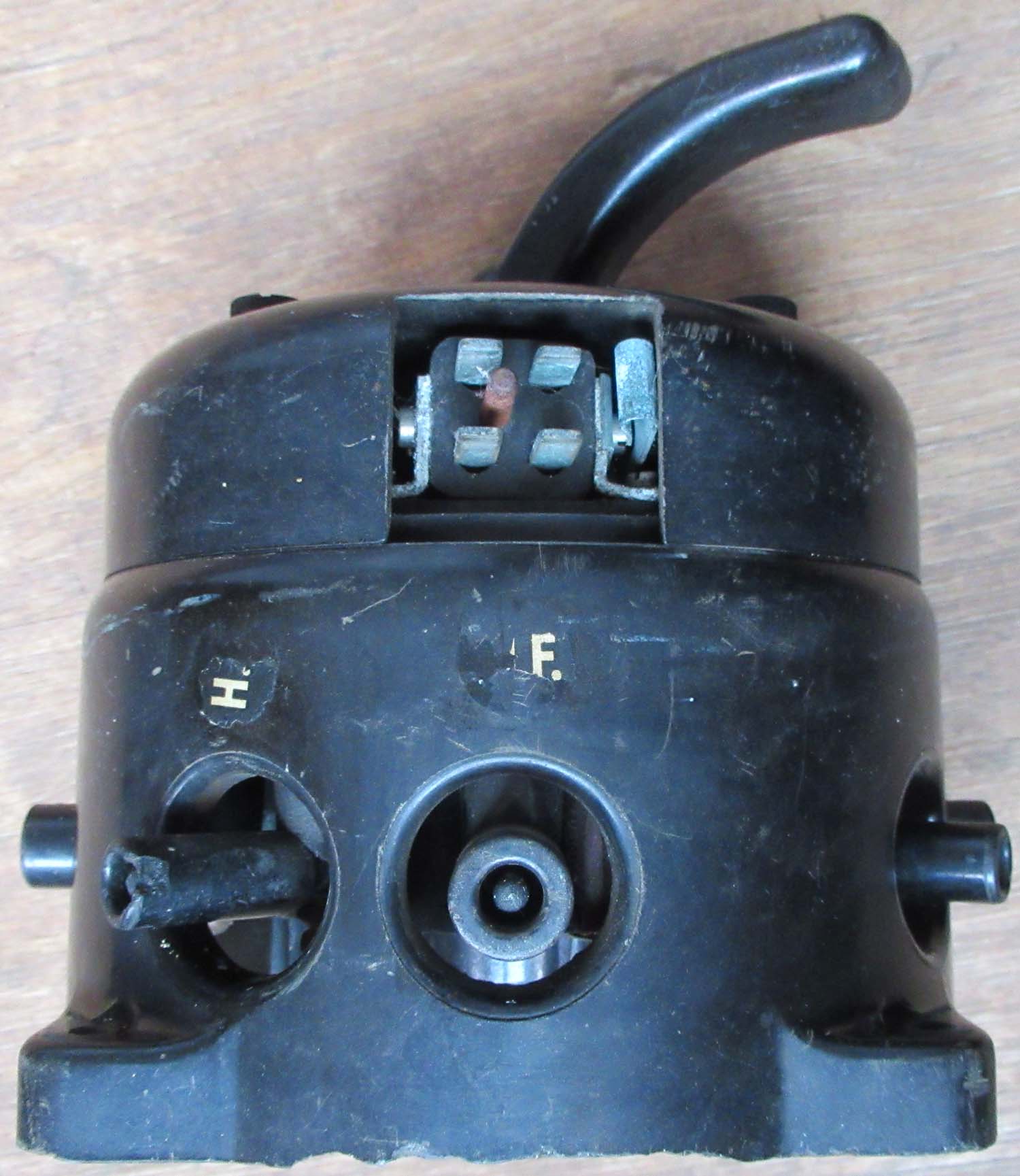
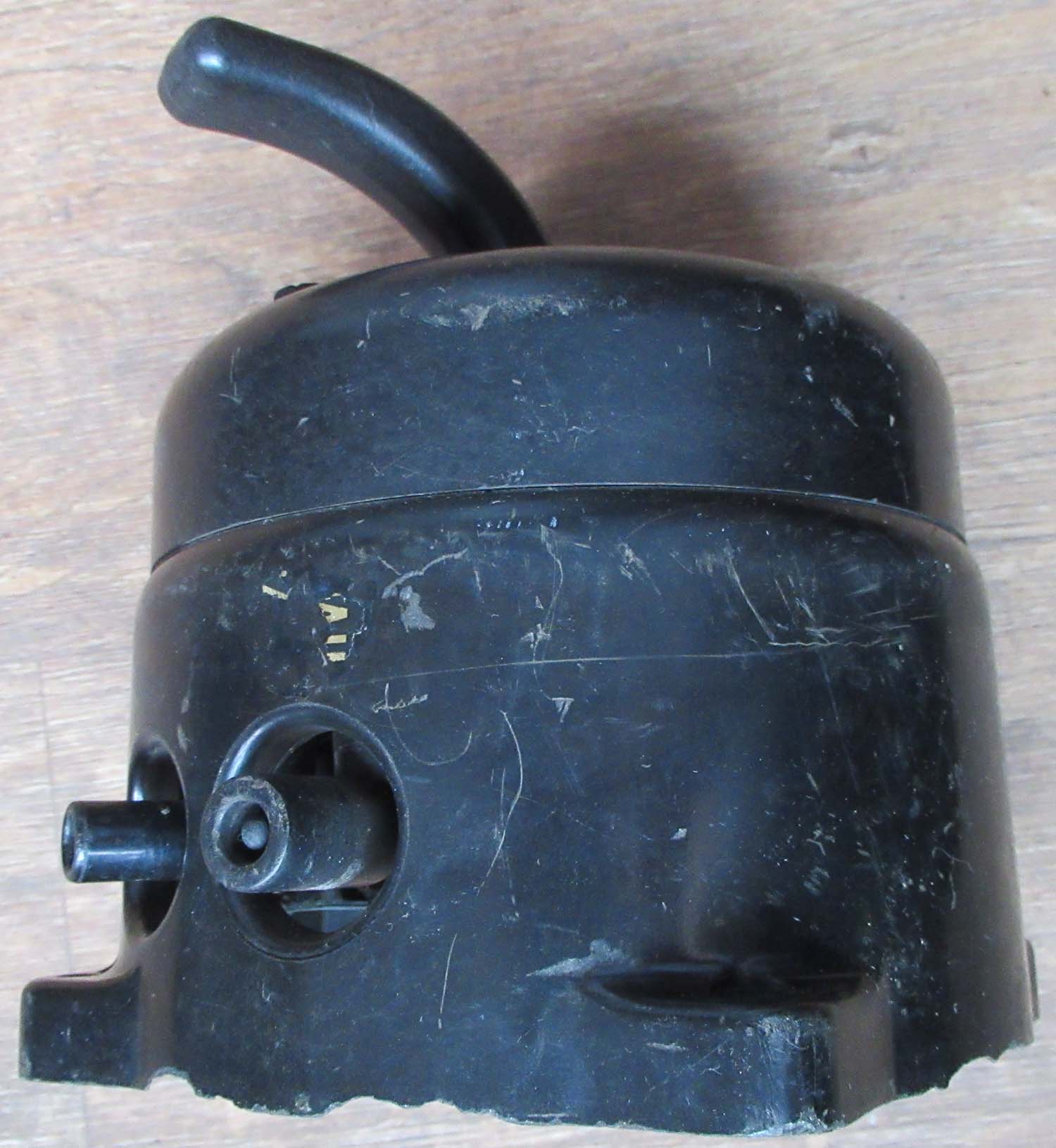
£295


|
|
Click on pictures to enlarge
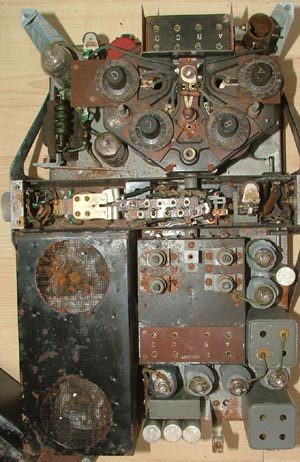
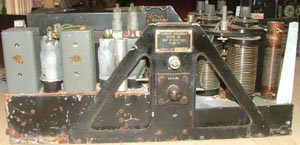
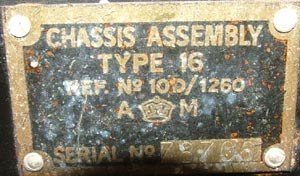
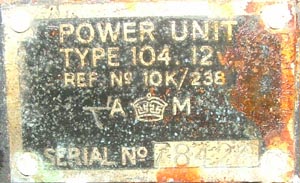
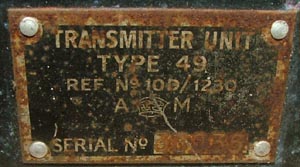
The Dyno
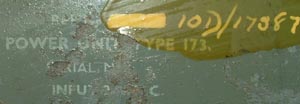
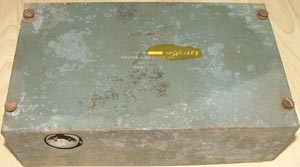
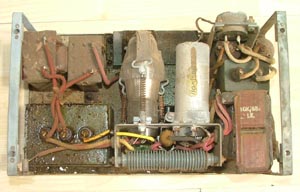
|
TRII96 and RII47 (No 14 Pg3 Rad) R1196 and R1147
The Seafire also had different and additional R/T
sets presumably to allow ship-air communications and perhaps also some
form of
homing device.
These were the TR1196 and R1147 respectively.
Click on pictures to enlarge
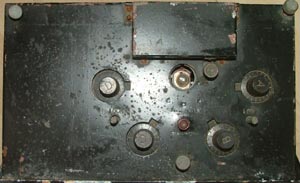
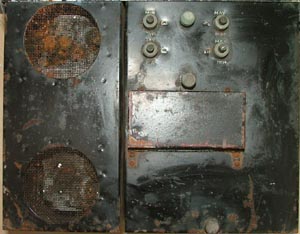
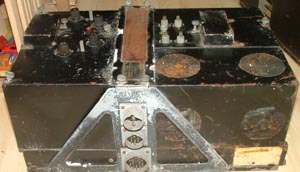
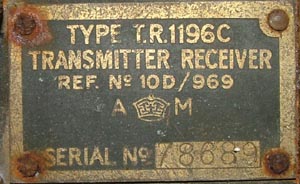
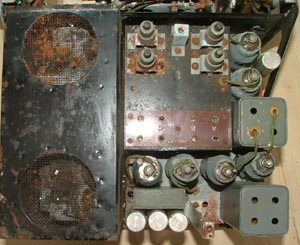
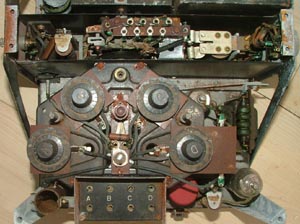
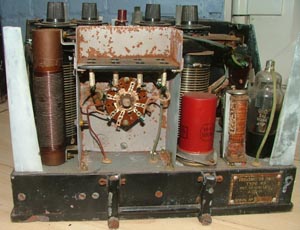
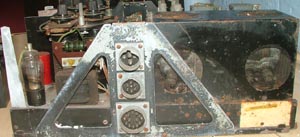
See
reference section for more details on radios and transmitters.
£1200


Very heavy item. P lease contact us for a
shipping quote
|
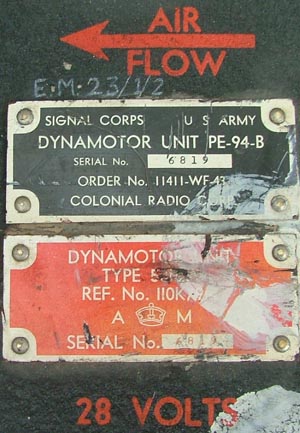
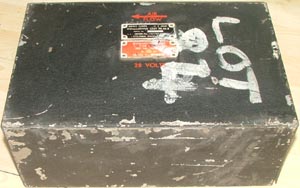 |
Dynamotor for TR 5043
(No 13 Pg3 Rad)
Click on pictures to enlarge
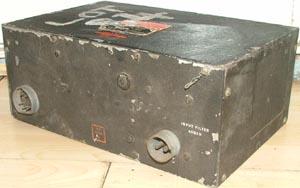
This is a Dynopower unit
supplied under the lend lease scheme by the US hence it has
both US and Air ministry plates. The Dyno units are
extremely rare items, we have the complete set up for the TR
5043 listed here.
£550


Very heavy item. P lease contact us for a
shipping quote
|
|
Here is a a
complete Dyno power unit for powering the TR1133 this is
12volt.
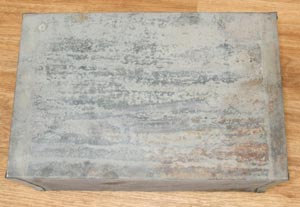
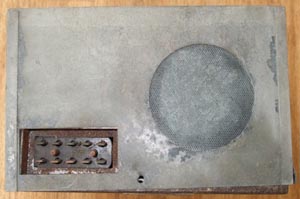
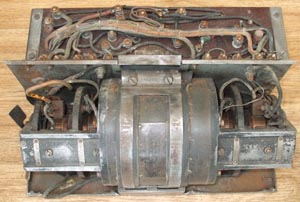 |
1133 Radio Dyno
Power Unit (No 12 Pg3 Rad)
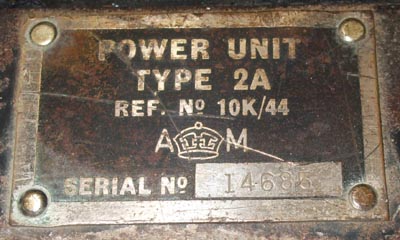
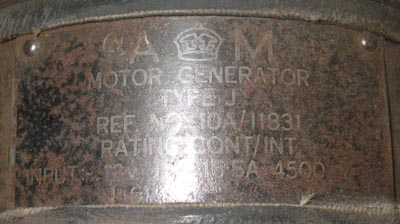
£575


Heavy item. P lease contact us for a
shipping quote
|
|
Click on pictures to enlarge
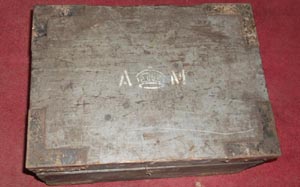
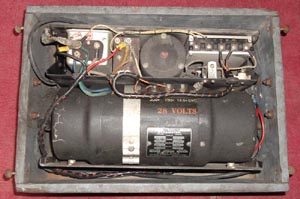
|
Dynamotor DA-3A
(No 11 Pg3 Rad) Dynamotor
in good condition, in its original Air Ministry marked box.
Used
for powering radio equipment.
It may have been converted for
use as an inverter as it has battery and a UK 3 pin plug
socket attached.
Click on picture to enlarge
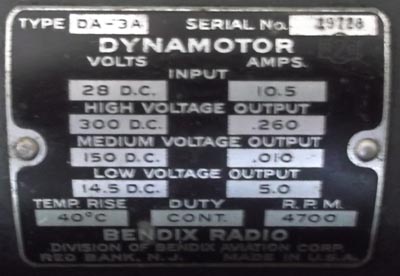
£275


Heavy item. P lease contact us for a
shipping quote
|
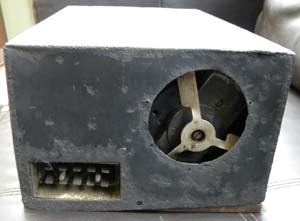
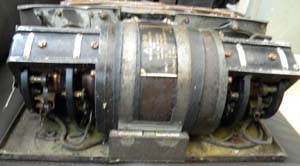
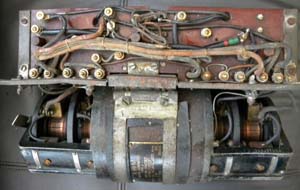 |
Type J 1133 Radio Dyno
Power Unit 2 (No 10 Pg 3 Rad)
12 volt input
150V output
10A/11831
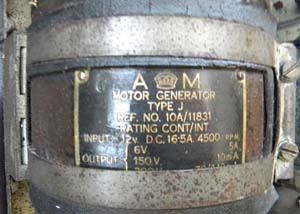
£555


Heavy item. P lease contact us for a
shipping quote
|
|
Click on picture to enlarge
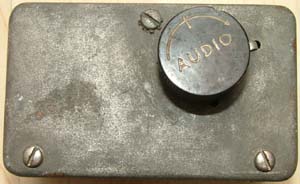
£155


|
Jack Box TR 5043
(No 9 Pg 3 Rad)
A/M 110A/626 Jack box for
control of the TR 5043 radios. A very rare item in good used
condition.
Click on picture to enlarge
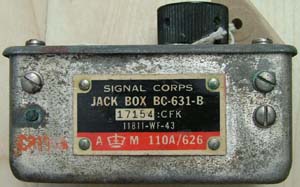
|
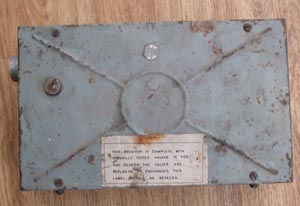
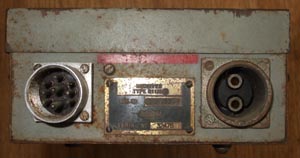
Beam approach receiving
equipment. airborne. Gives correct approach track and
receives marker beacon signals. Remotely controlled. The
control box can been seen lower right. The instrument top
left can be seen in the Main instrument panel of the
Lancaster.
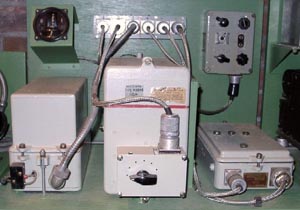 |
Type R1125 Beam
Approach (No 8 Pg 3 Rad)
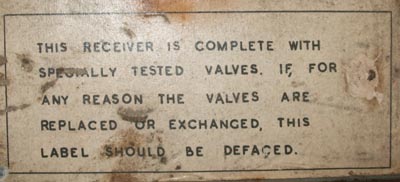
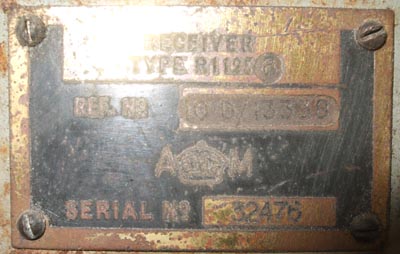
This is the beam approach
receiver used for navigation in Lancasters and other RAF
Wartime Bombers.
£275


For overseas
shipping please contact us for a quote
|
|
Click on pictures to enlarge
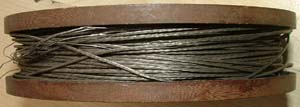
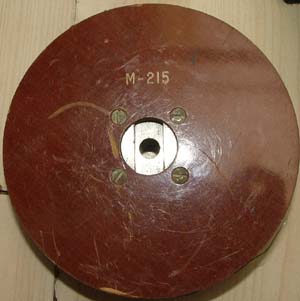
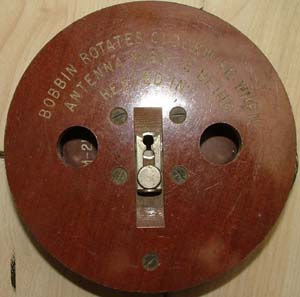 |
B17 Trailing Aerial
(No 7 Pg 3 Rad)
Unusual US heavy bomber item
this - a reel for the trailing aerial for the B-17 and
B-24.
The wire is stainless steel and the reel is in
excellent condition.

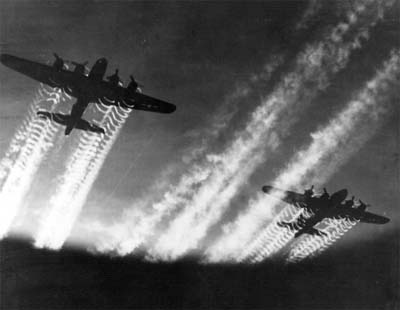
£75


|
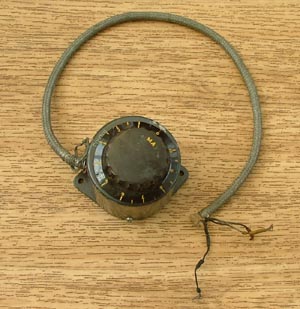
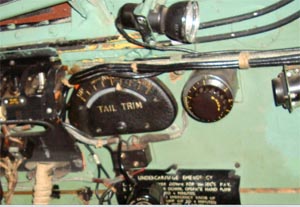
|
Late
Spitfire/Mosquito Radio Tuner
(No 5 Pg 3 Rad)
This is a radio tuner almost certainly used in a variety
of RAF and commonwealth Wartime aircraft.
Thanks to Rob from
Australia; it has been confirmed it was used in the Mosquito
see picture of it in situ.
Mosquito FB VI

£65


|
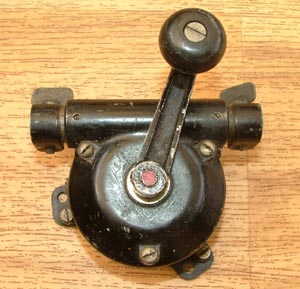
A late F46
Seafire
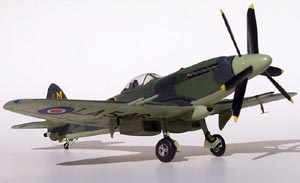
£125


|
Seafire Radio Tuner
2 (No 4 Pg 3 Rad) This is a radio tuner for
the early type radio sets as fitted to Seafires. It tunes to
radio manually by means of a flexible cable drive. It was
fitted to the LHS of the cockpit. Its in relic condition
with part of the airframe and a cockpit lamp attached. The
handle is seized and will not turn. Great display piece.
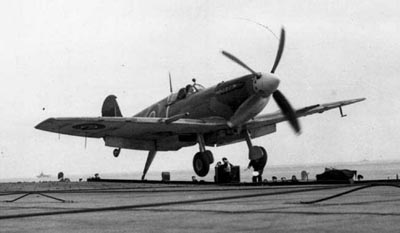
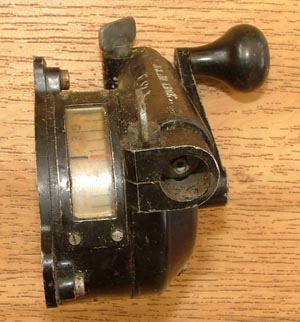
|
|
Click on picture to enlarge
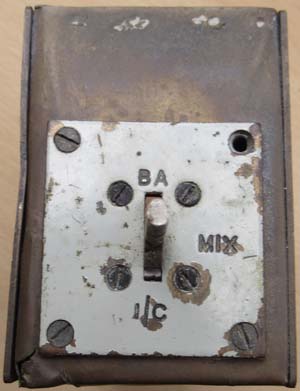
£75


|
Box Junction 5B/3698
(No 3 Pg 3 Rad)
Box junction with switch believed to be used in Lancasters.
Click on pictures to enlarge
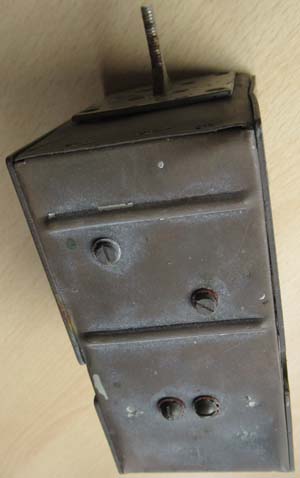 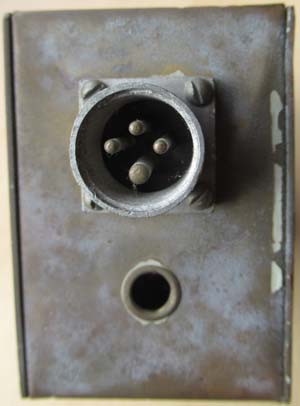
|
|
Click on pictures to enlarge
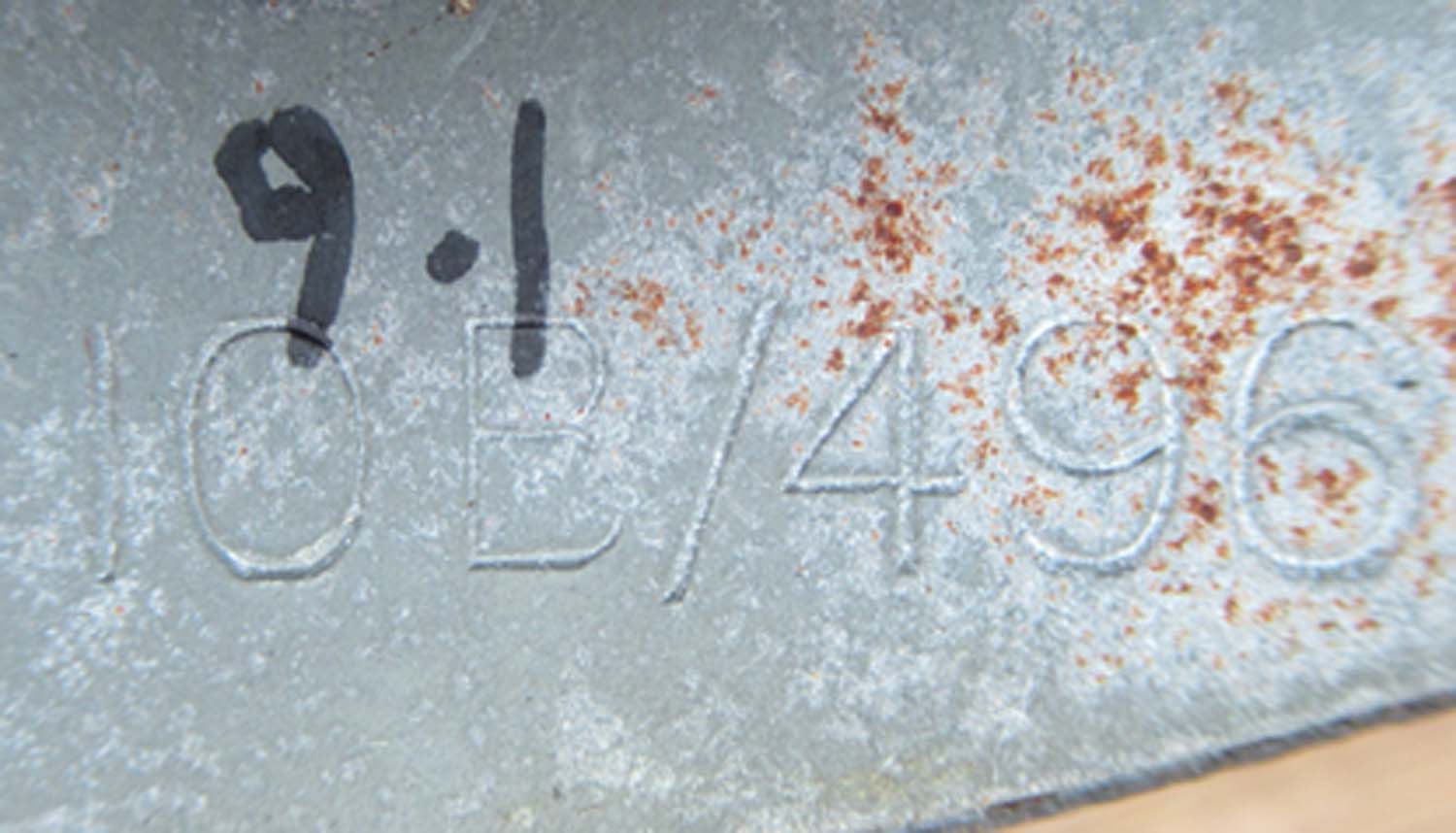
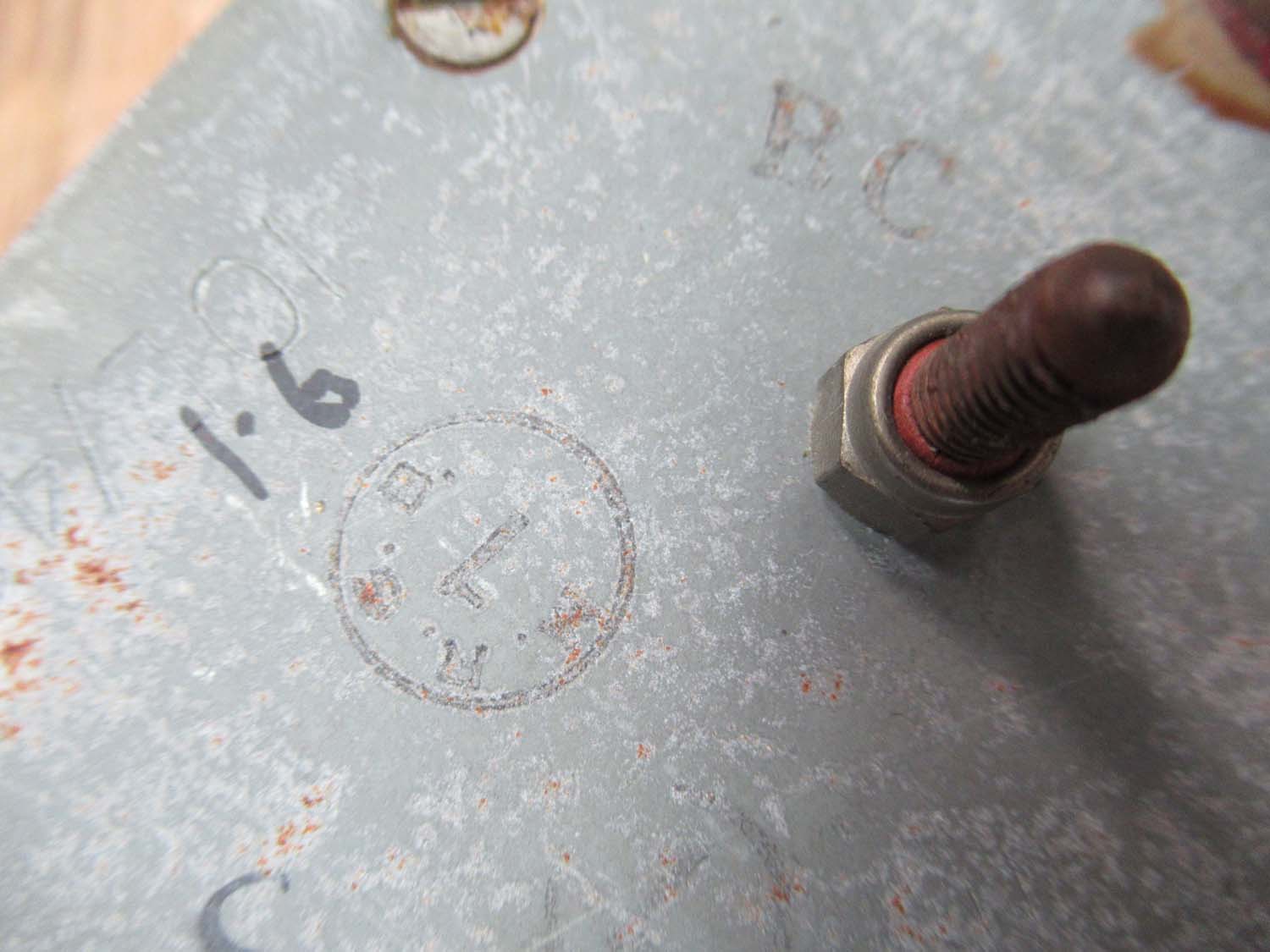
Below says,
'FRAGILE VALVE INSIDE':
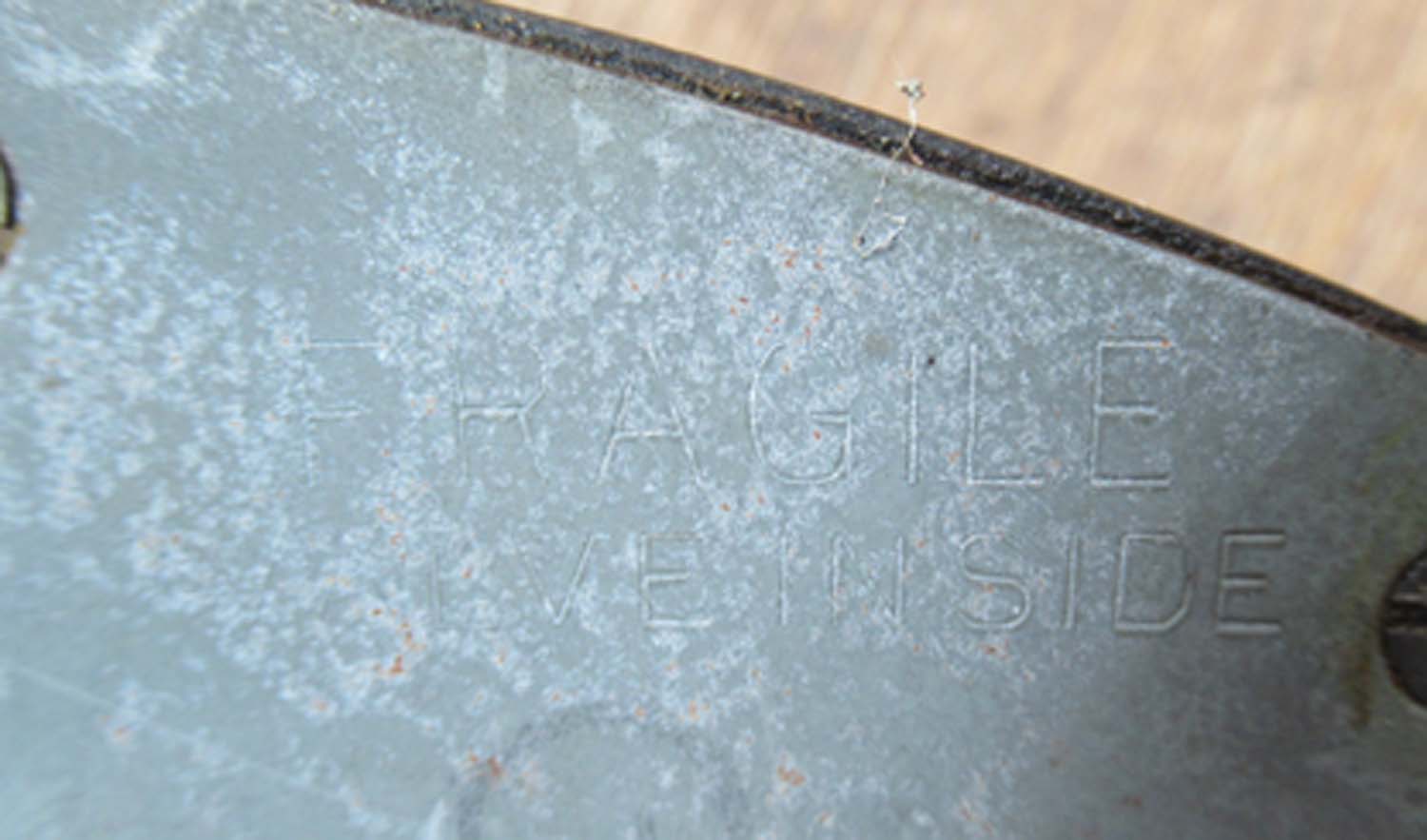 |
Spitfire Beam Approach
Aerial
(No 2 Pg3 Rad)
This aerial is a for the Beam
Approach. It was used on Spitfires and no doubt other
aircraft of the period too.
I think the beam approach
was used as an option with the TR1133 or TR1143 setup - at
least the Spitfire Mk V manual seems to illustrate this.
Ref Nos:
10B/496 & 10B/505
Click on pictures to enlarge
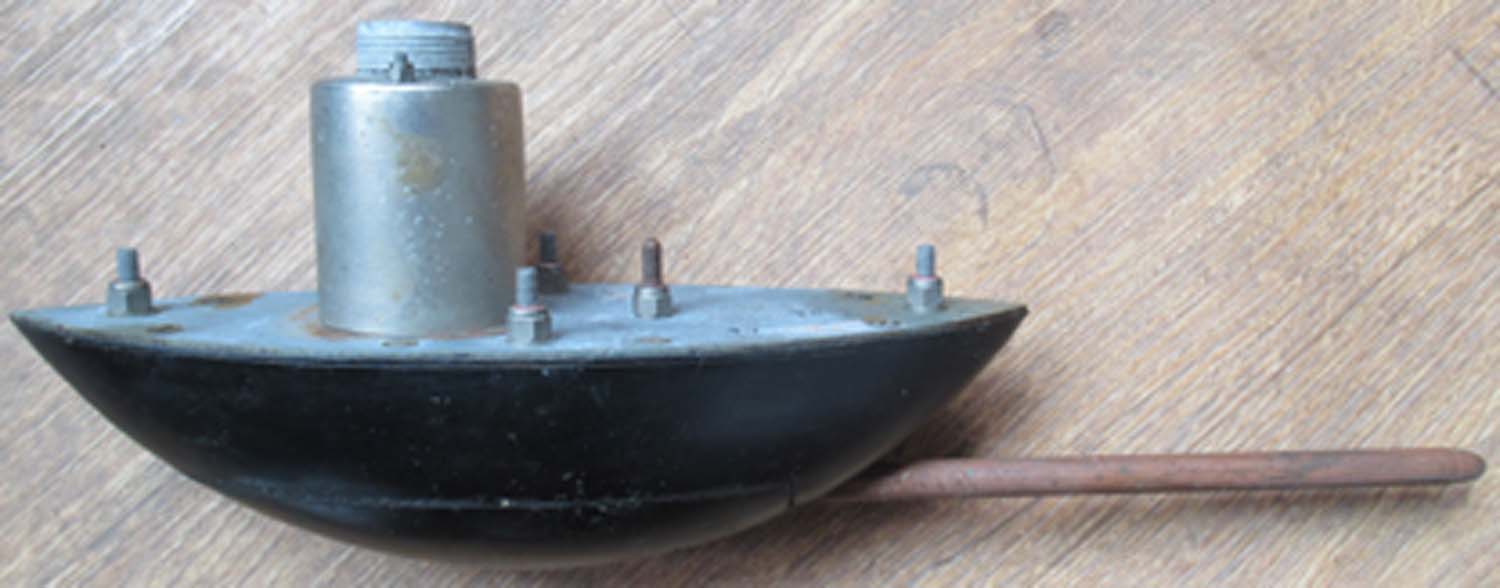
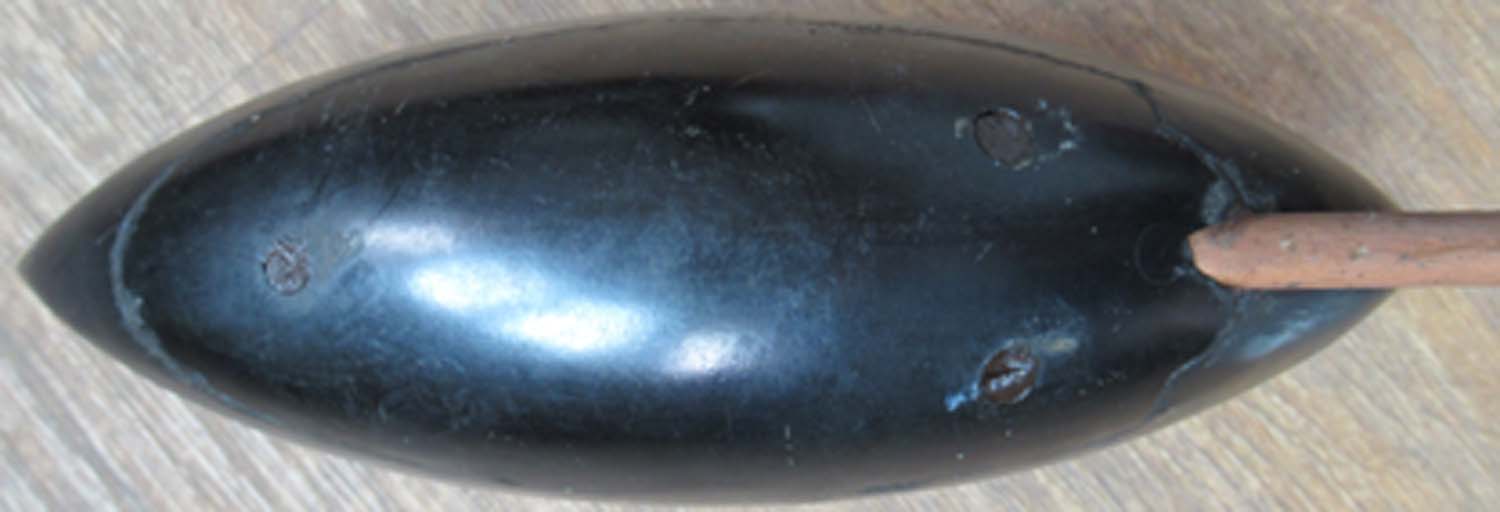
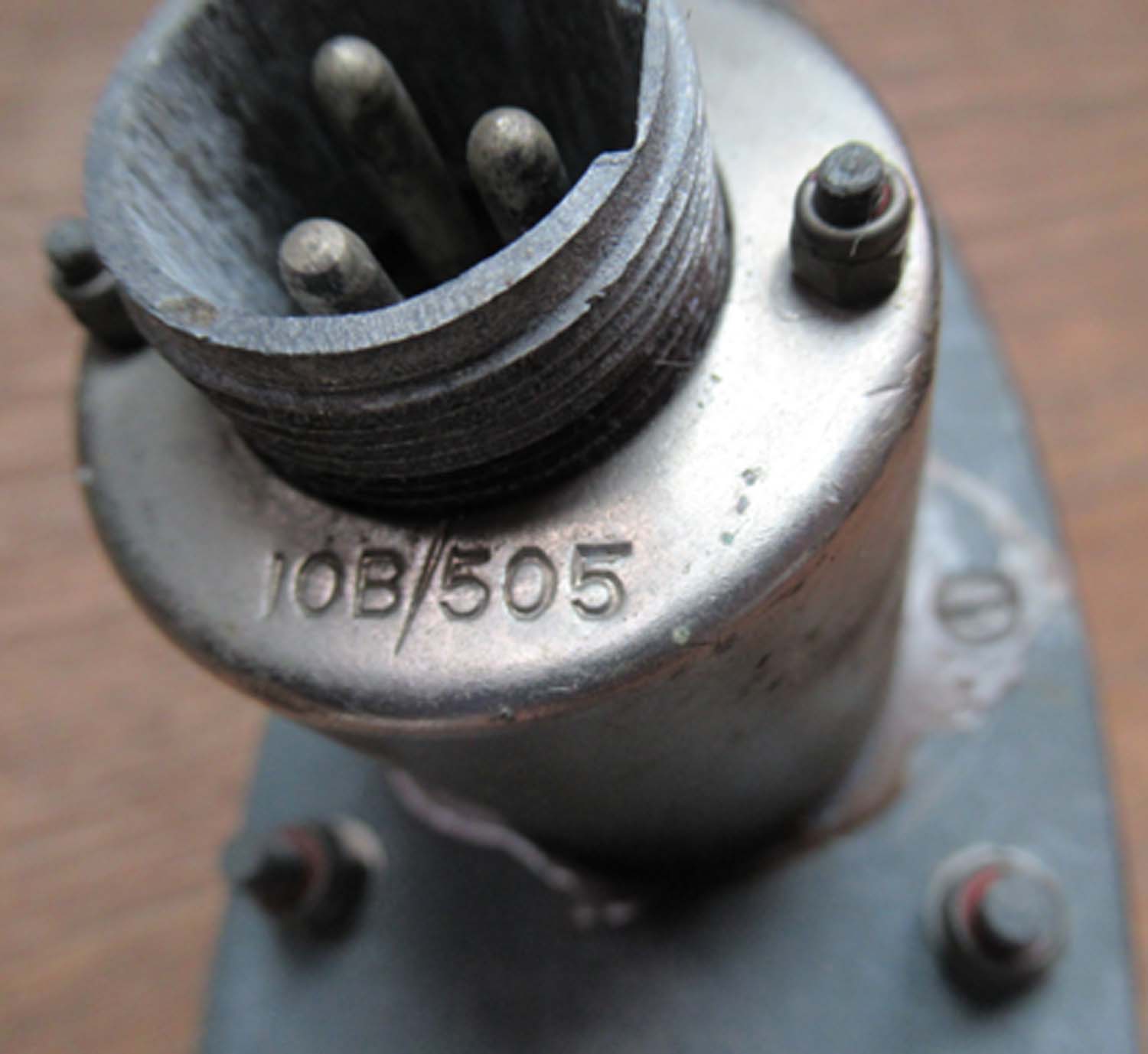

£225


|
|
Click on pictures to enlarge
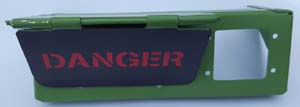
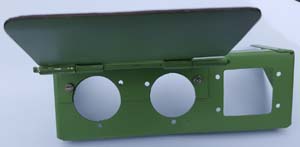



|
Spitfire Identification
Friend or Foe Destruction Box (IFF) (No 1 Pg 3 Rad)
Here is a quality reproduction
of the piece fitted in the RHS of the Spitfire cockpit, if
the aircraft crash landed in Enemy territory the Pilot would
push the three buttons , this would set off a timer that
would destroy the entire IFF system. The push buttons and
shrouds needed to complete this piece are listed in the
electrical section. If need a unit made up ready to fit
please
contact me.
1 Jan 1940 - The RAF
introduces Identification Friend or Foe (IFF) signals to
help identify Bomber, Coastal and Fighter Command aircraft
on radar screens.
An IFF system acts as a radio
transmitter and receiver. It sends out continual radio
signals made up of coded pulses. A friendly IFF system
will recognize these codes when it receives them and will
transmit further coded pulses which identify the aircraft
to the interrogating IFF set.
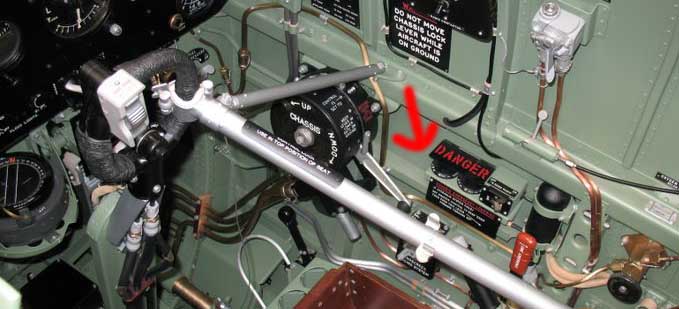
Seen in
situ above in a Spitfire cockpit
|
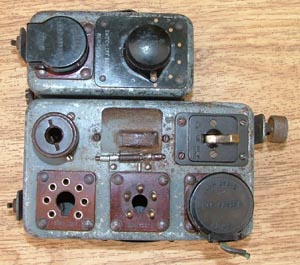 |
Spitfire Identification friend or foe contol box (IFF) (pg3 rad)
Here is an extremely hard to
find IFF control box in fact this is the only one I have
ever seen. Used in the Spitfire as well as other RAF wartime
aircraft.
1 Jan 1940 - The RAF
introduces Identification Friend or Foe (IFF) signals to
help identify Bomber, Coastal and Fighter Command aircraft
on radar screens.
An IFF system acts as a radio
transmitter and receiver. It sends out continual radio
signals made up of coded pulses. A friendly IFF system
will recognize these codes when it receives them and will
transmit further coded pulses which identify the aircraft
to the interrogating IFF set.
Out of stock
more wanted
contact us |
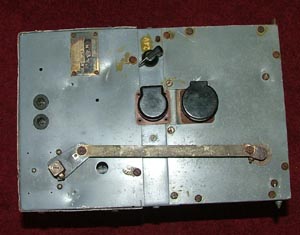
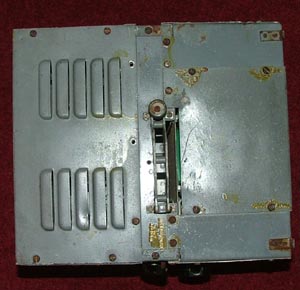
MARK II N
British 12V R3108
British 24V R3109
RESPONDS TO:
RAF CHL, GCI,
MRU/TRU
Royal Navy 79, 279, 286
British Army SLC, CD, LW, AA
No.5
US Navy CXAM, SA (part
of band), SC, SK
US Army SCR-268, -527,
-588, SCR-627, -602, -516
References.
The story of IFF
(Identification Friend or Foe). IEE Proceedings, Vol.132,
Pt.A, No.6, October 1985.
Radar Development to 1945. IEE, published 1988. Editor R.
Burns.
TM 11-1133, Technical Manual, Radio Equipment RC-192-A,
1943. |
Spitfire Identification friend or foe receiver R 3109 (IFF) (pg3 rad)
This is a IFF friend or foe
receiver this particular version is the
R3109 so likely to have been used on later mark Spitfire and
of course bombers. Outwardly the same unit as the R3108 just
different voltages. Rare in the extreme the only one of
these ever offered for sale that I have seen.
Not sure about dates but most
likely around 1942/43 as the following extract talks about USAAF/RAF intercommunications.
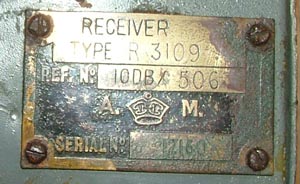
1 Jan 1940 - The RAF
introduces Identification Friend or Foe (IFF) signals to
help identify Bomber, Coastal and Fighter Command aircraft
on radar screens.
An IFF system acts as a radio
transmitter and receiver. It sends out continual radio
signals made up of coded pulses. A friendly IFF system
will recognize these codes when it receives them and will
transmit further coded pulses which identify the aircraft
to the interrogating IFF set.
FF Mark II was developed to
cope with the additional frequency bands of newer radars,
and covered these in three swept ranges, including the
original IFF MK I band.
However, radars were advancing at
such a rate that IFF MK II soon did not cover the
frequencies in use so variations were produced for other
radar bands, such as the IFF MK IIG and MK IIN which were
British sets for UK radars, and the USA SCR-535 (ABE) and
SCR-535-A which worked with the early US Army radars such
as the SCR-268, SCR-270, SCR-271 and SCR-516. The US Navy
ABE and ABK sets worked with naval radars.
The IFF MK II was designed to
allow switching between any one of 6 different coded
responses, usually specified for various types of mission.
However, in practice it proved difficult to distinguish
one echo from another so generally only position 1 (or A)
was used, whilst the longest, widest response position was
used universally as a distress signal.
In order to respond to the
growing number of radars in service the aircraft or ship
often had to carry multiple IFF units.
The services
recognised that with the proliferation of radar and other
equipment there was a need for a distinct frequency band
for IFF with a common equipment specification. They chose
the 157-187 Mhz band.
Out of stock more always wanted please
contact me |
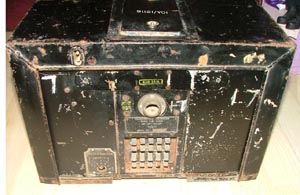
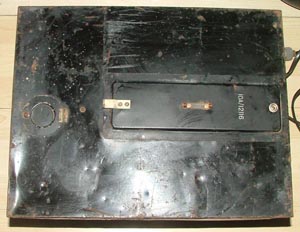
Click on the
picture's to enlarge
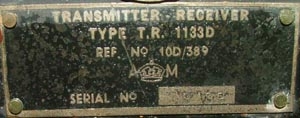
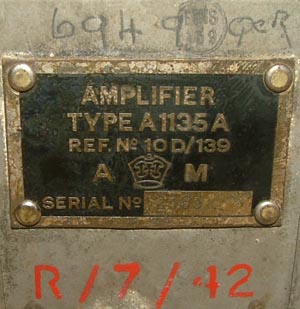
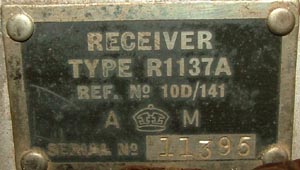
|
Battle of Britain Spitfire radio TR1133 (pg3 rad)
Its
an original TR1133. This radio was only fitted to Spitfire's
and Hurricane's for a short period during the Battle of
Britain. It was replaced soon after by the TR 1143 and
TR 5043. I am also including the rare Dyno that power's this
set. The dyno and radio appears to be in good order
internally and has a 12volt input as it should be with early
Fighters.
Michael
Clarke has this to say about the TR 1133.
TR1133
Some time during the Battle of Britain
the RAF
introduced a VHF set into the Spitfire. This was the TR1133. When a VHF
set was fitted the aerial was removed leaving the aerial mast alone to transmit
and receive signals.
I have never seen a TR1133, or a picture of one, but I
believe they used the push-button type controller with a ‘Jones Plug’ type
connector at the back. In fact I think ‘Jones’ connectors were used throughout
the installation.
I understand that Spitfire Mod 385 introduced the TR1143
in lieu of the TR1133. This was in the middle of 1941.
The Dyno
Click on the
picture's to enlarge
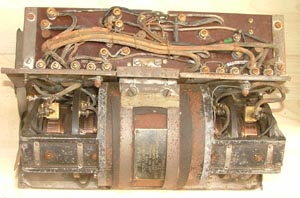
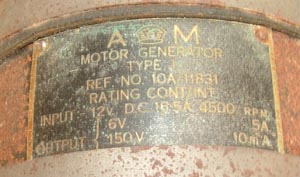
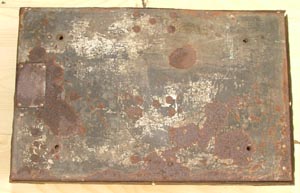
Out of stock
more wanted
contact us |
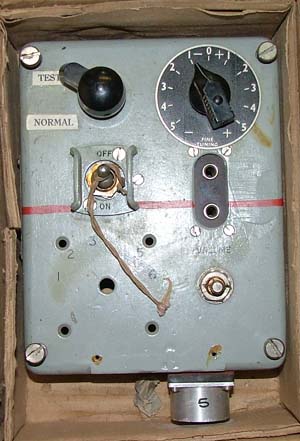 |
Lancaster Beam Approach panel (pg3 rad) Very rare mint control unit for the
beam approach. Fitted to the RHS of the Wartime Lancaster
Cockpit just above the pilots seat.
Mint in its original box.
Out of
stock more wanted please
contact me
|
|
Click on the
pictures to enlarge
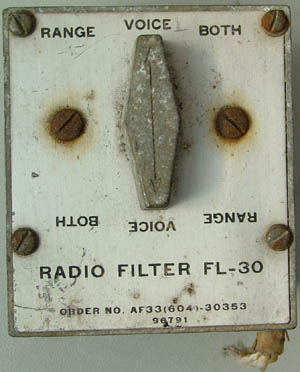
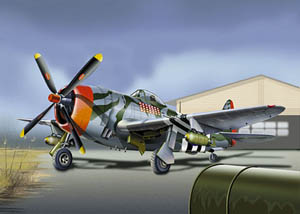
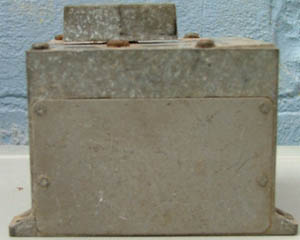 |
Thunderbolt radio selector FL30 (pg3 rad)
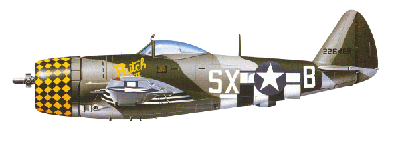
Radio
filter fitted to Thunderbolts. See nos 2 under in situ in
P47
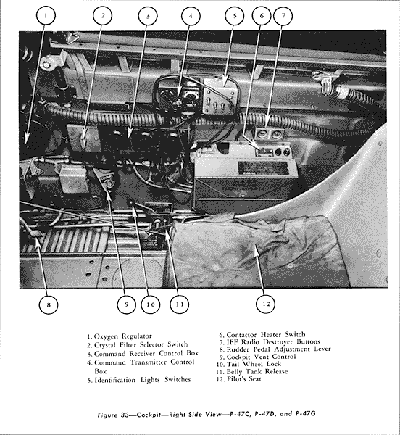
Out of stock more wanted
contact me
|

The Indicator Unit 208 is
the Indicator tube for Rebecca Mk IV. Information
gratefully received from
Vic Ludlow
Signals Museum
RAF Henlow
Dated 1945
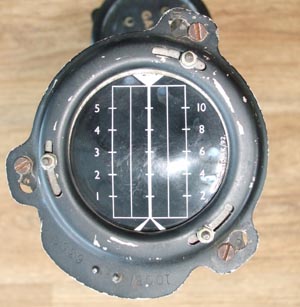
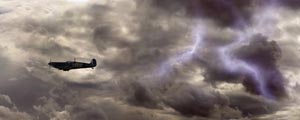
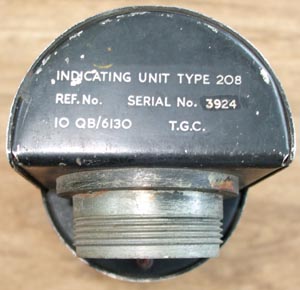 |
Radar Indicating unit (pg3 rad)
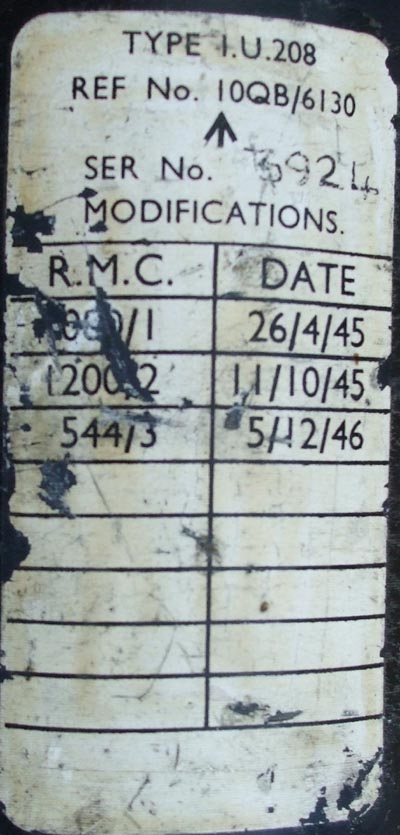
See this link for information on Rebecca
Out of stock more always wanted please
contact me
|
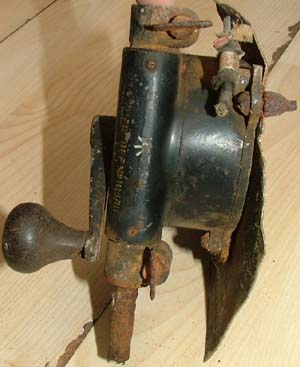
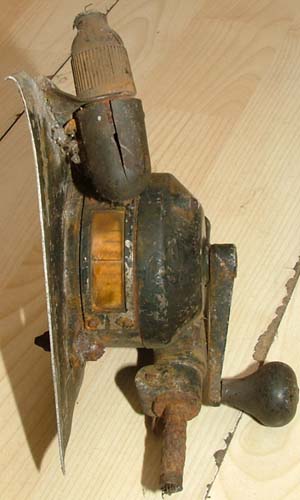 |
Seafire Radio Tuner (pg3 rad)
Click on the
pictures to enlarge
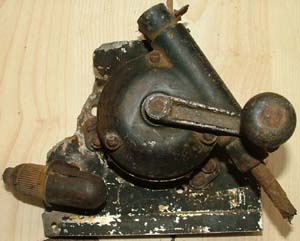
This is a radio tuner for
the early type radio sets as fitted to Seafires. It tunes to
radio manually by means of a flexible cable drive. It was
fitted to the LHS of the cockpit. Its in relic condition
with part of the airframe and a cockpit lamp attached. The
handle is seized and will not turn. Great display piece.

Out of
stock more wanted please
contact me
|
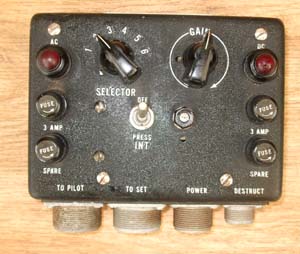
Fairey Firefly
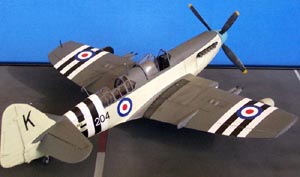
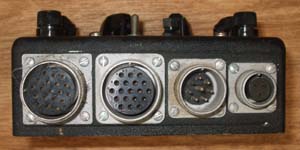
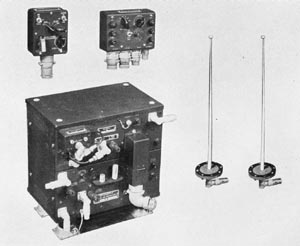 |
Sea Mosquito/Firefly Radio Selector (pg3 rad)
This item is the
pilots control for the AN/APX2 IFF transponder set. They
would have been standard fit for a variety of aircraft
during and post war, both British and American. Used
in the Grumman Avenger, Douglas F3D Skynight for certain,
and probably most late war bombers (one reference to the its
use on B17's, but I have yet to see any radio fit diagrams).
In the UK I have found explicit references to the Sea
Mosquito and Fairly Firefly. During the war these sets were
both very sensitive and being rapidly developed, hence there
is little readily available literature on them. Your
component is the radio operators control, there was also a
simpler unit for the pilot to use (often the only one fitted
in single seat aircraft - see attached image).
Information
kindly supplied by Robert Broughton.
Sea
Mosquito
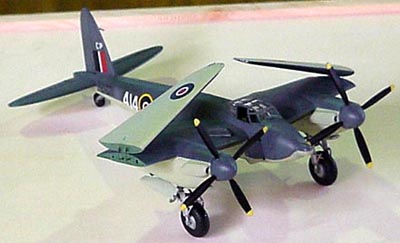
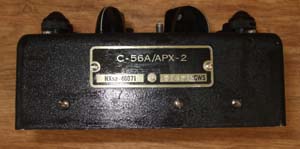
Out of Stock More Wanted
Contact Us
|
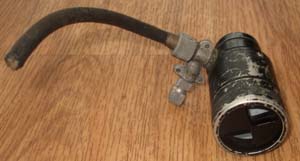
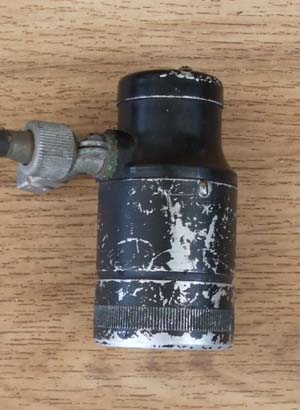 |
USAF Dolls Eye
(No 6 Pg 3 Rad)
This is a navigation aid
fitted to wartime USAF aircraft.
£55


|
|
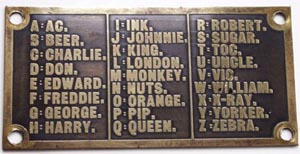
|
EARLY PHONETIC ALPHABET ON BRASS PLATE - RAF(pg1 Pilot)
This
original phonetic alphabet instruction plate is in superb
condition, I have never seen one of these before.
See
this in pilot equipment link
|
1
2 3
 |
1
2 3
4

|
